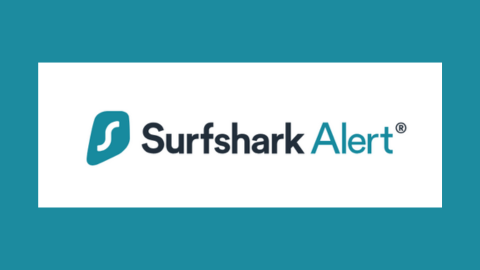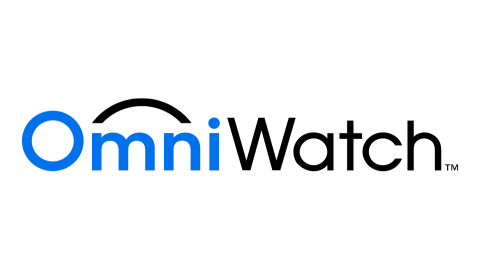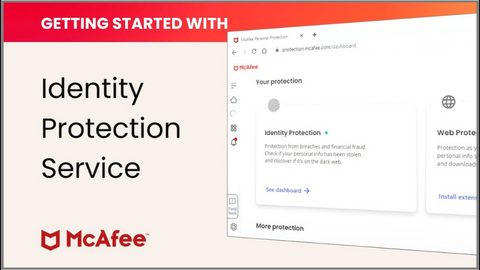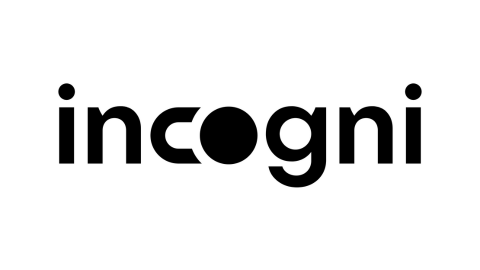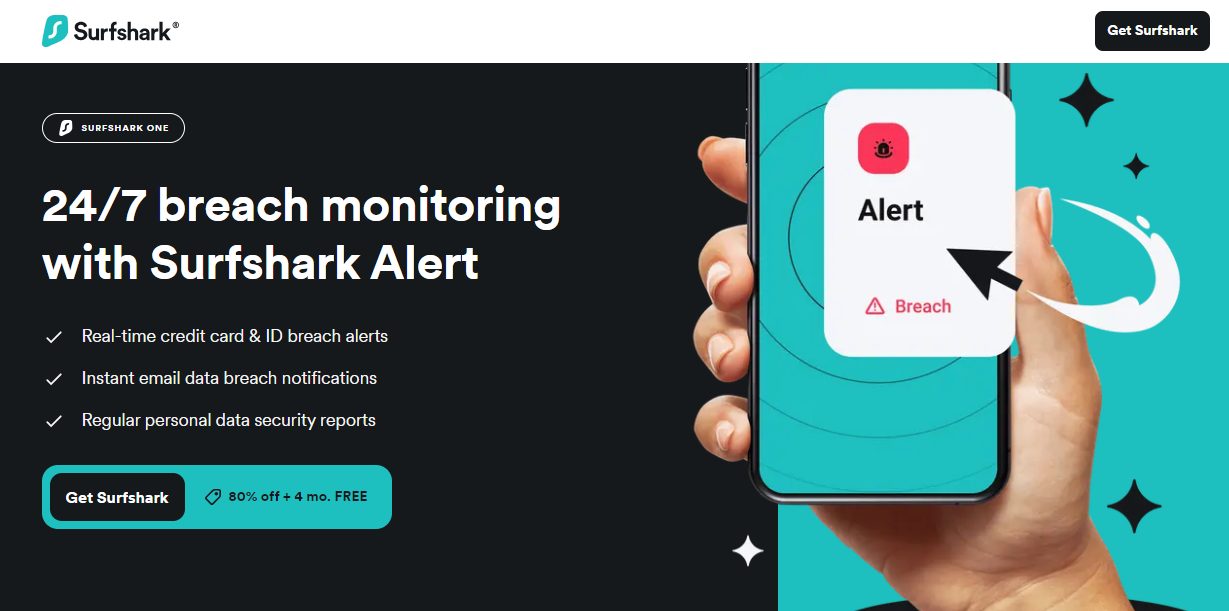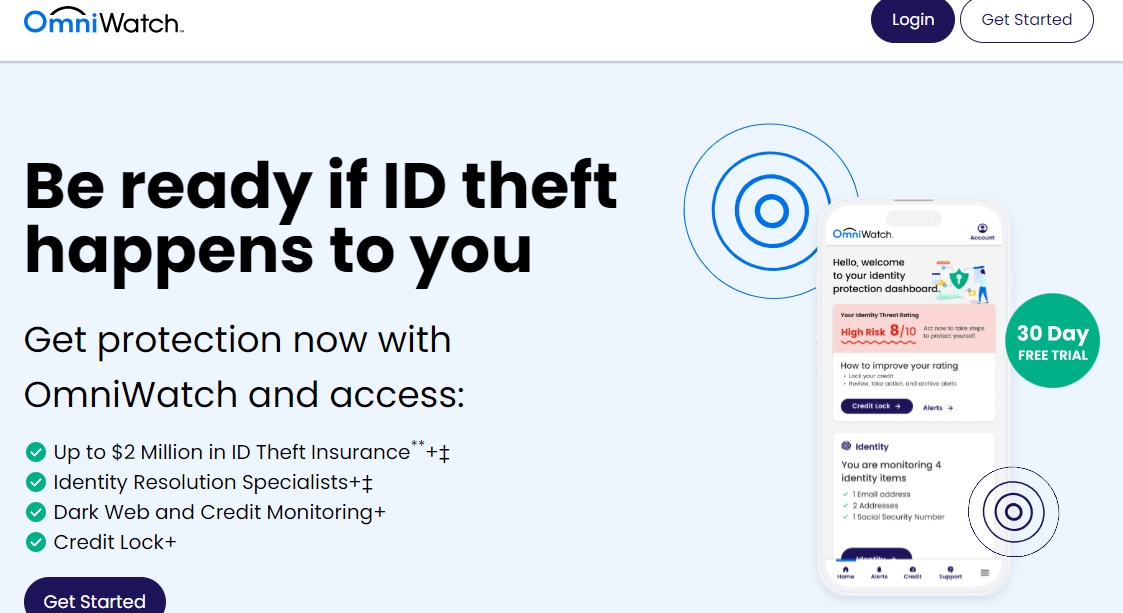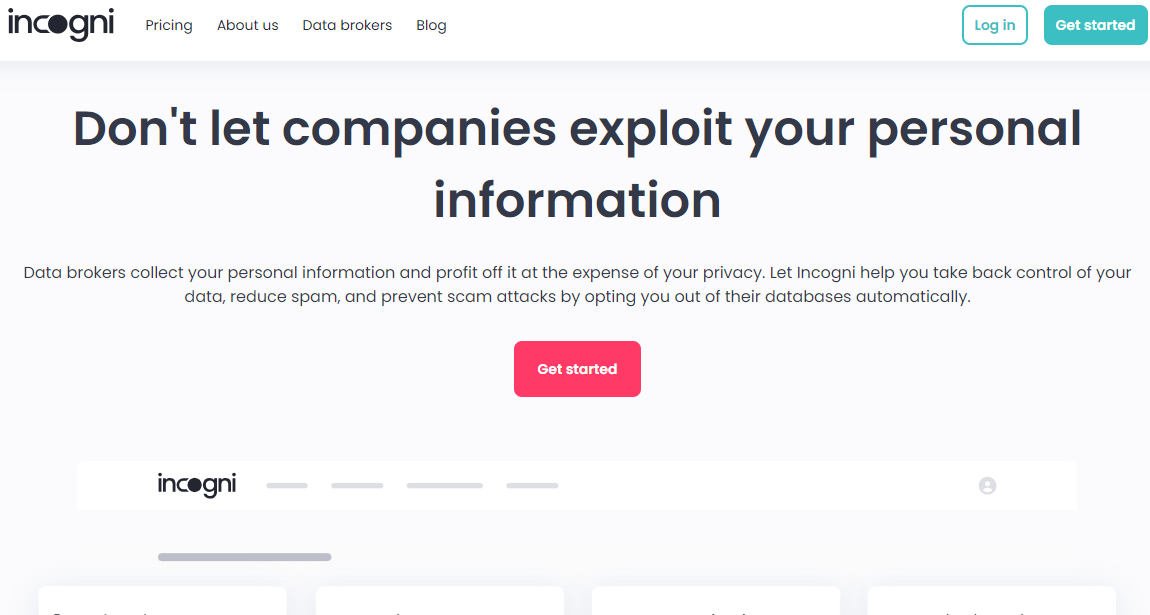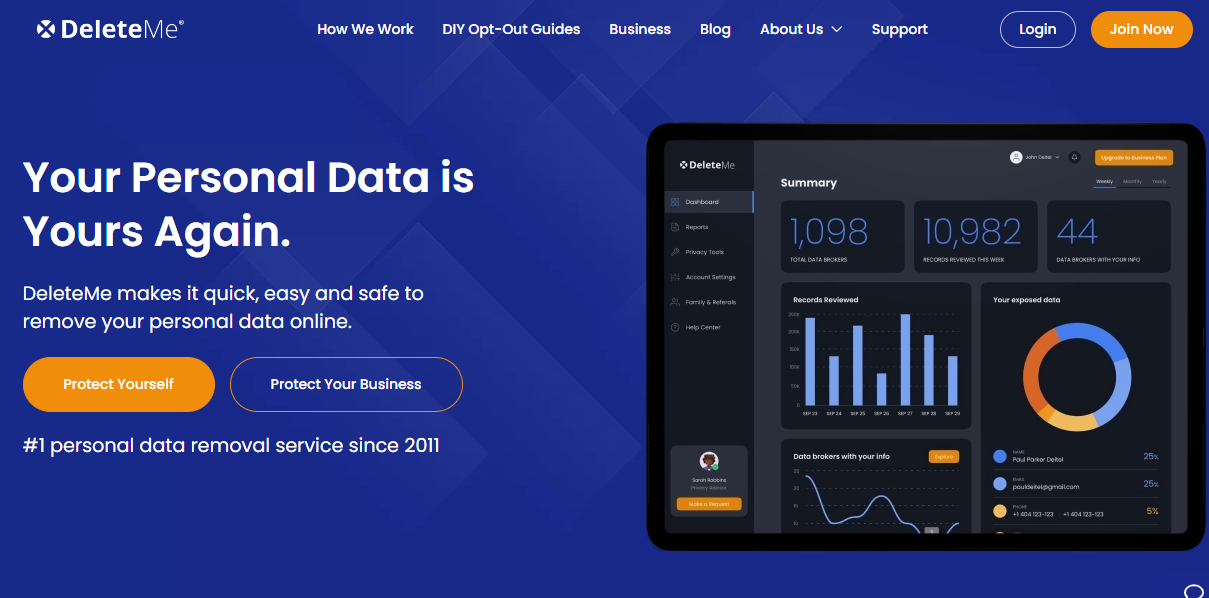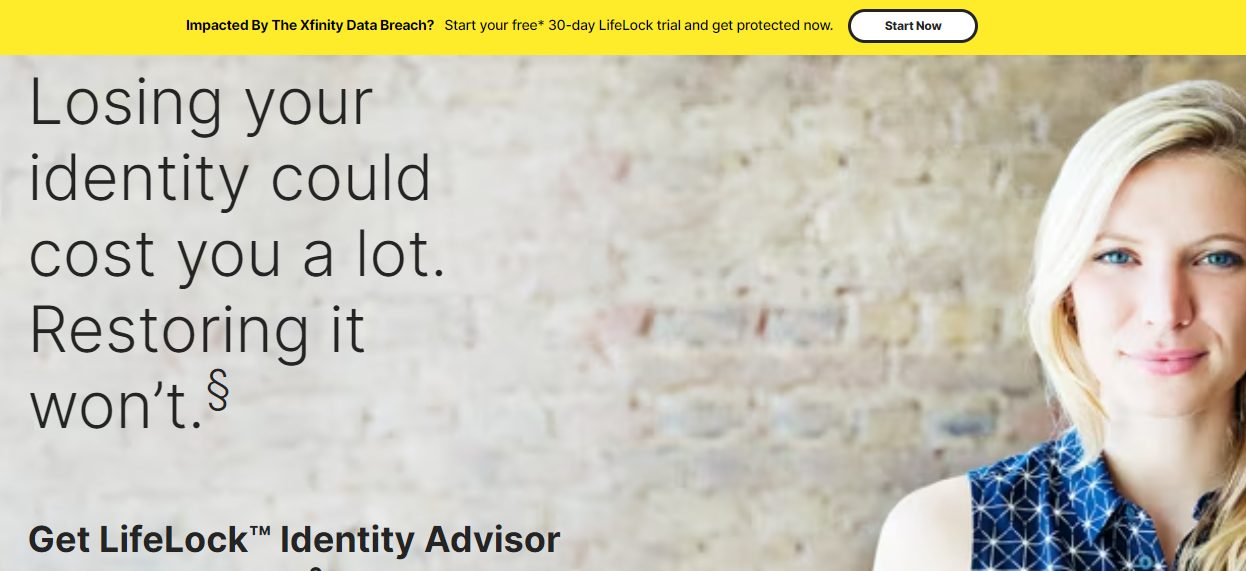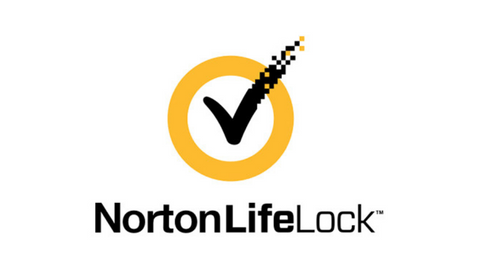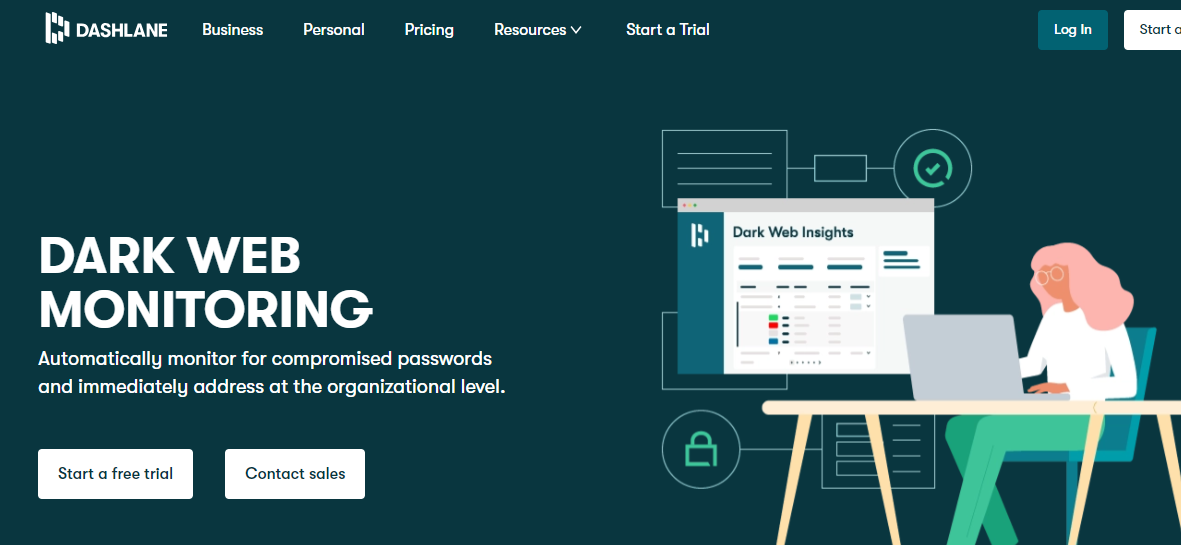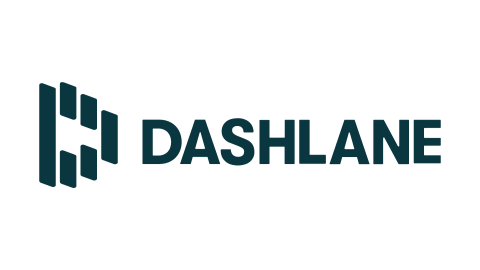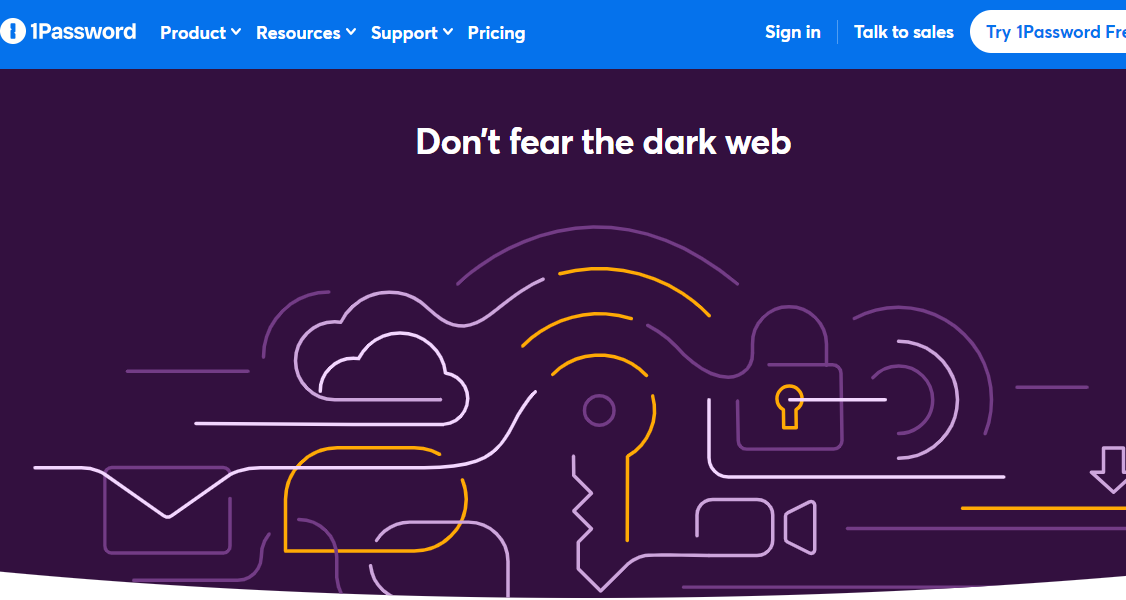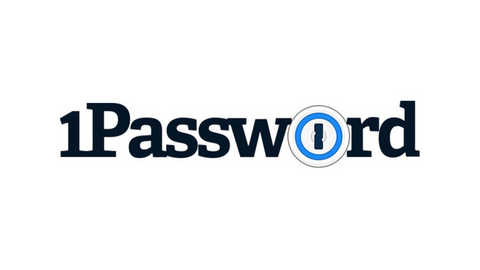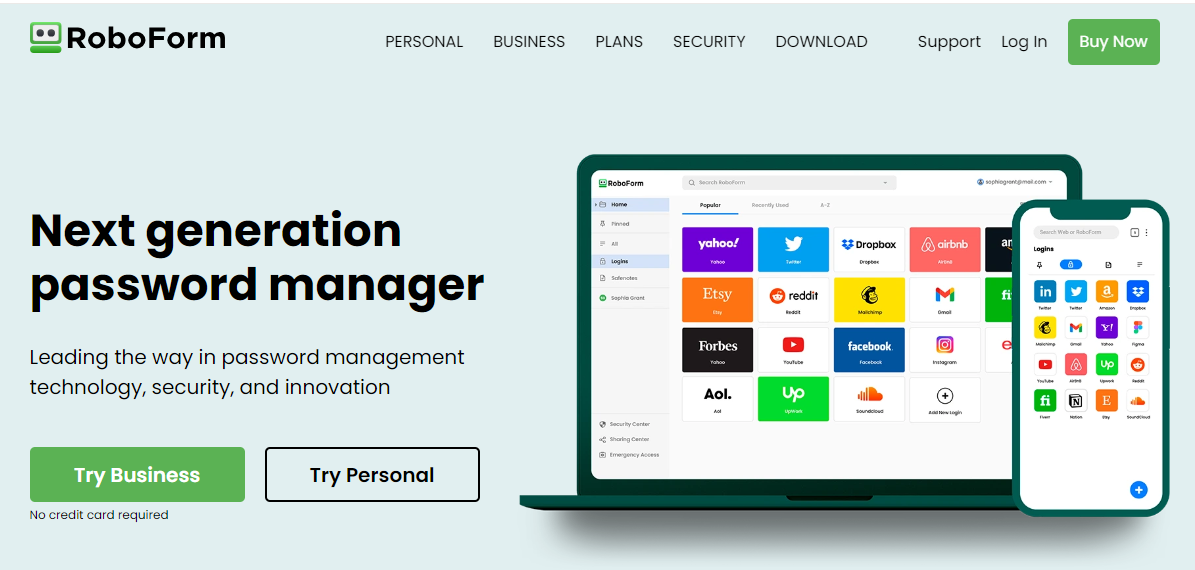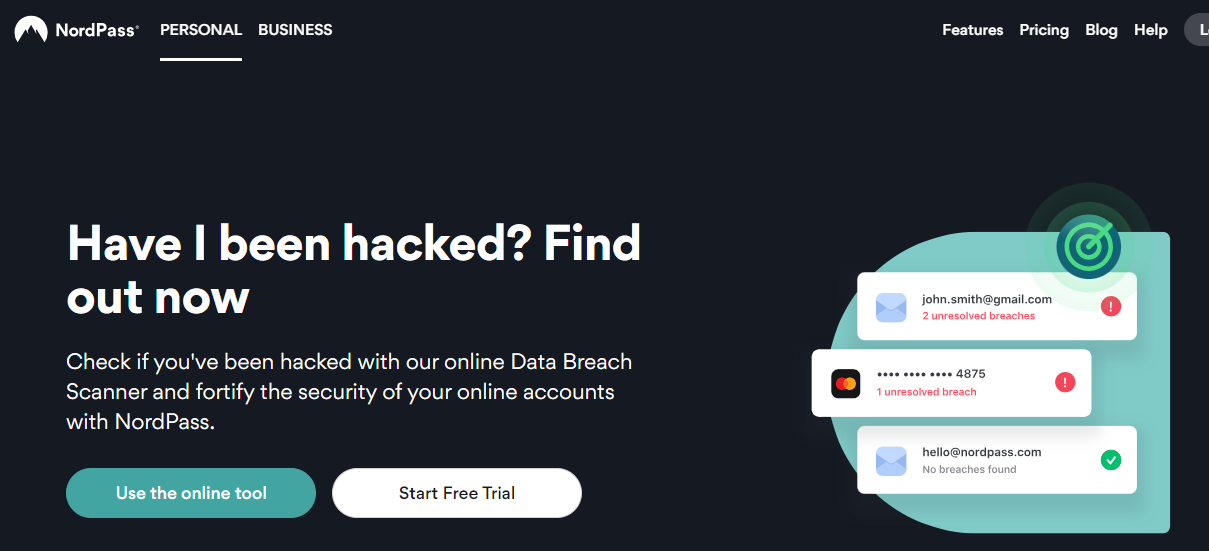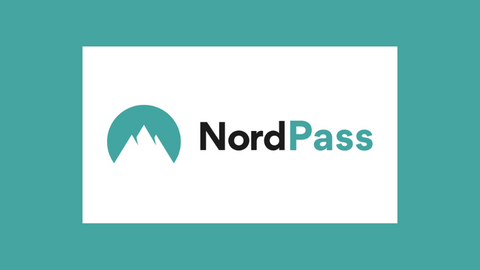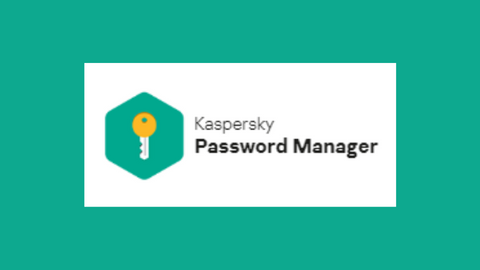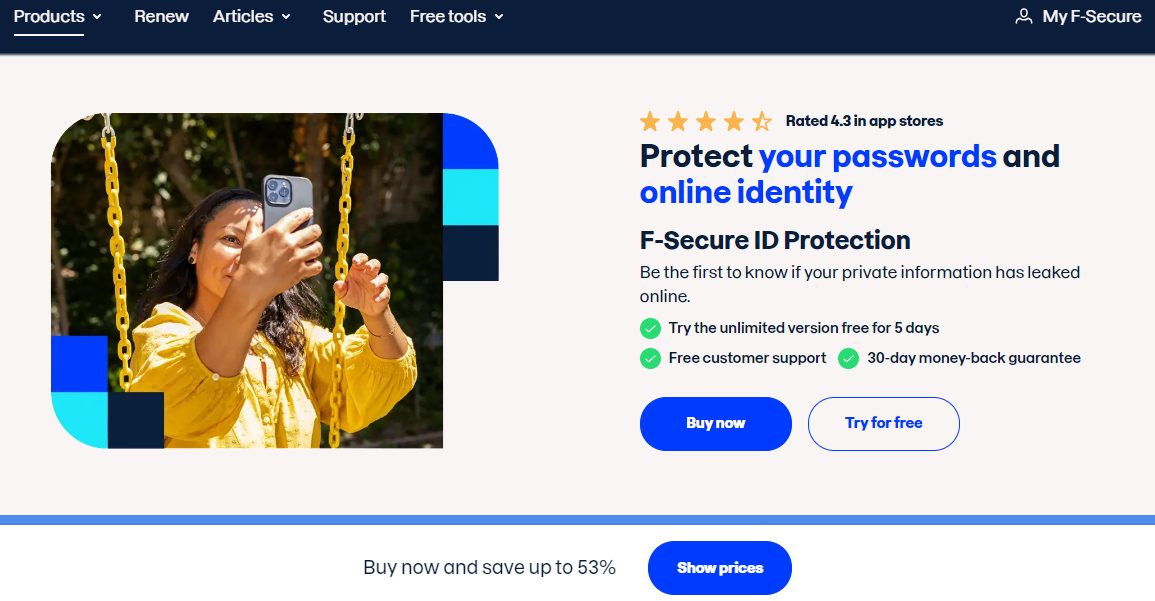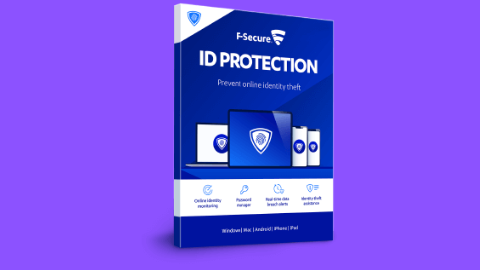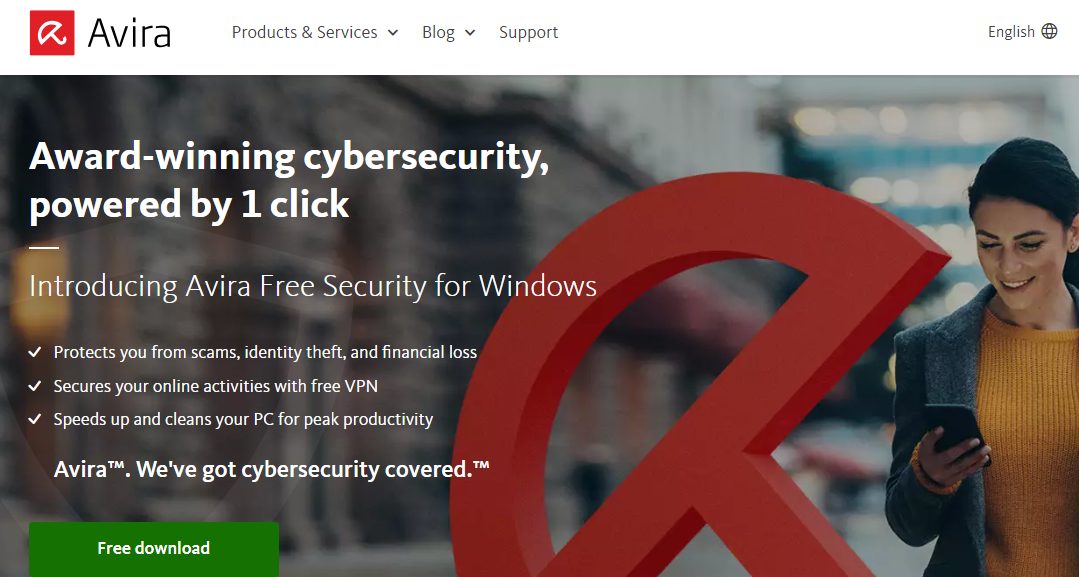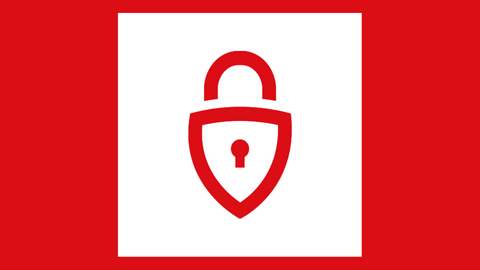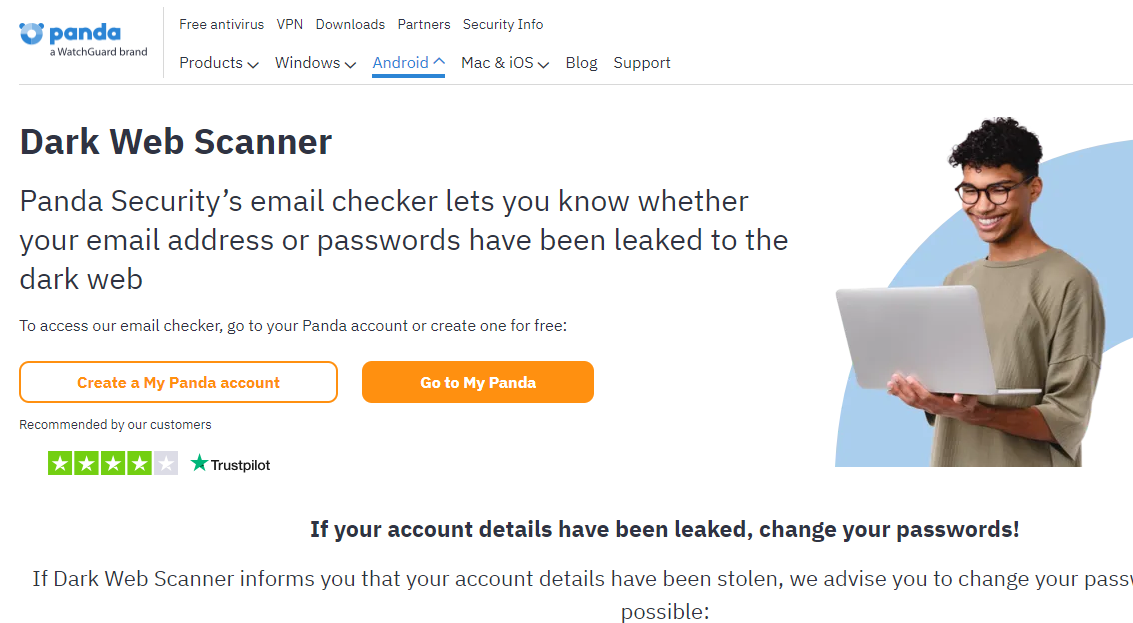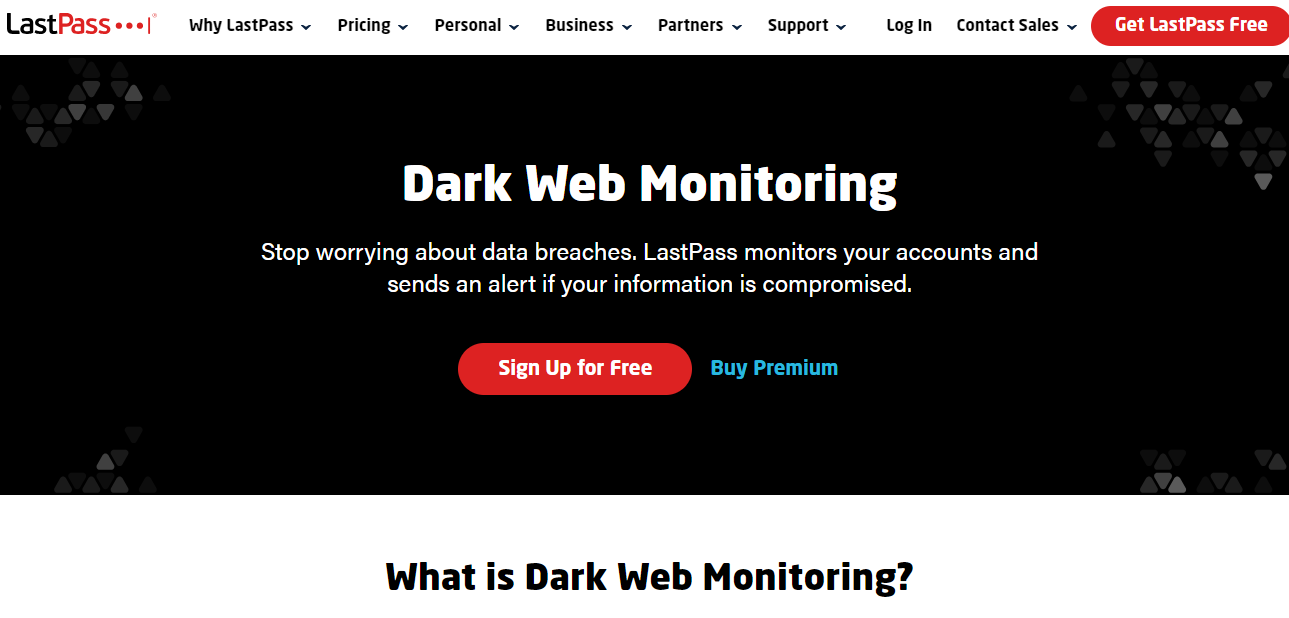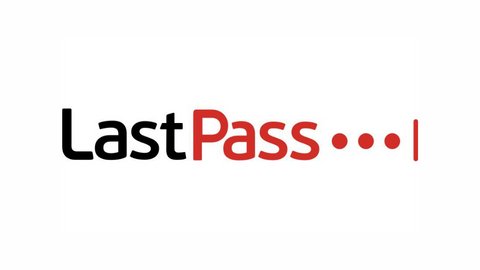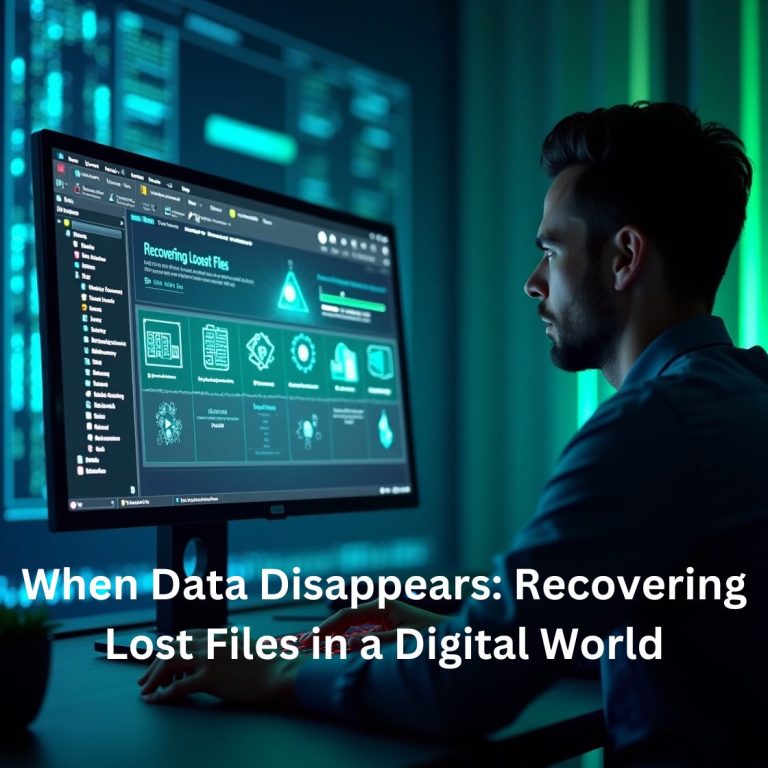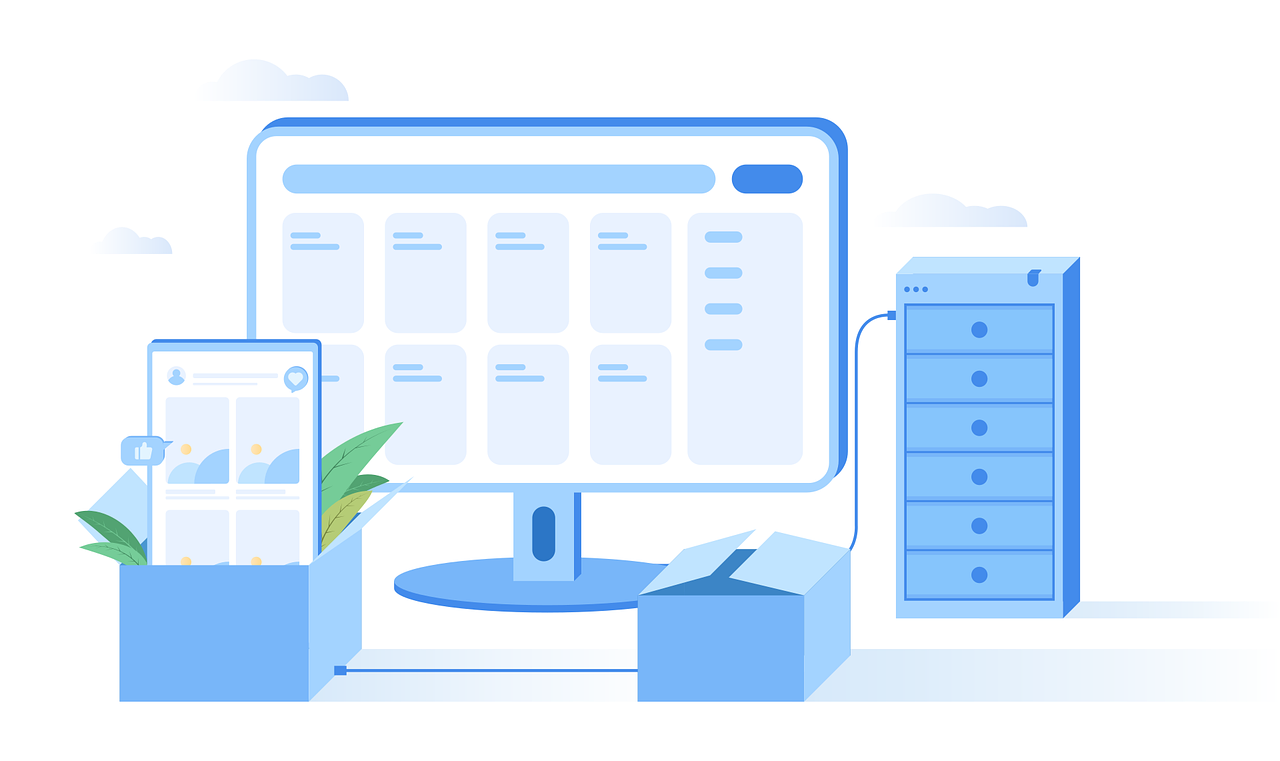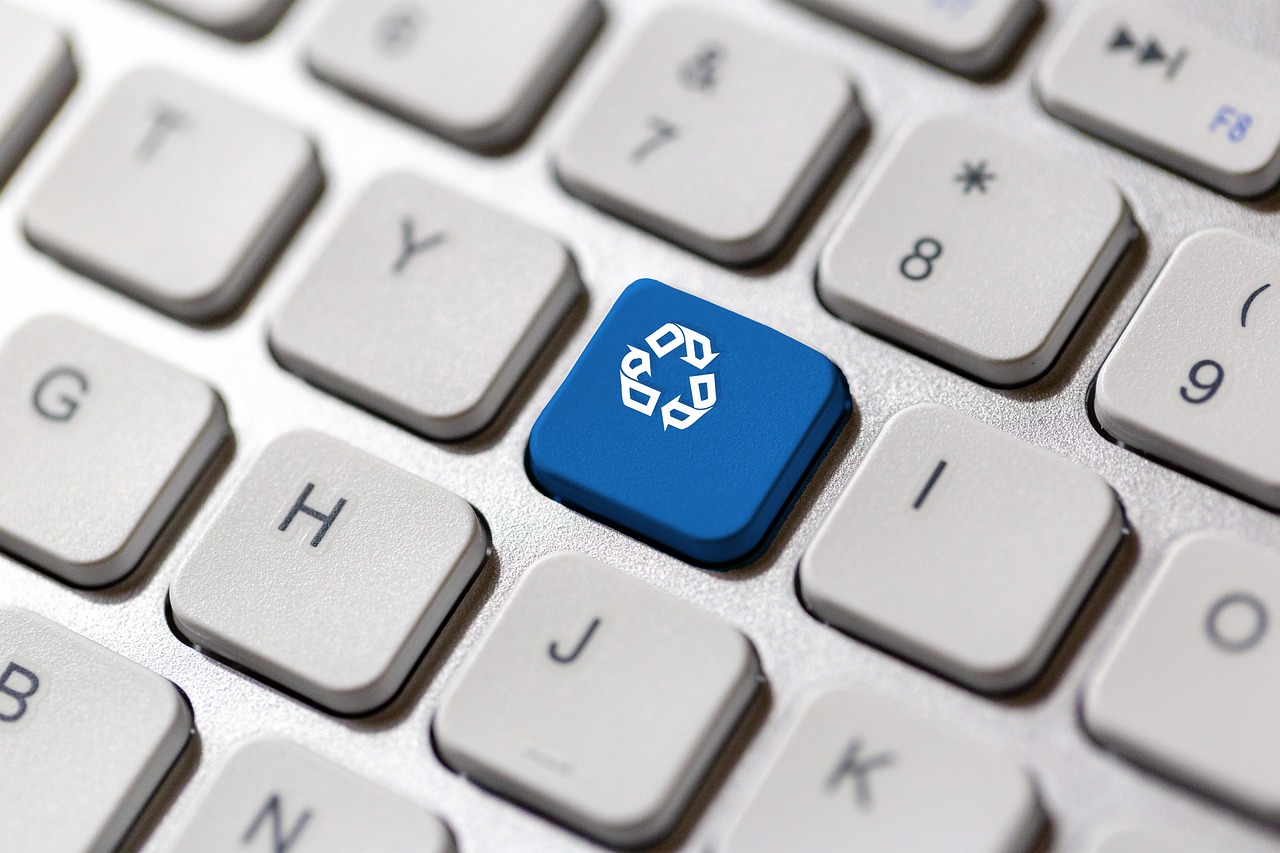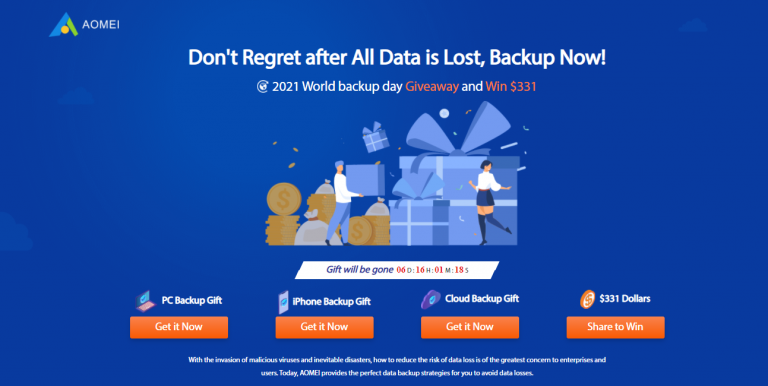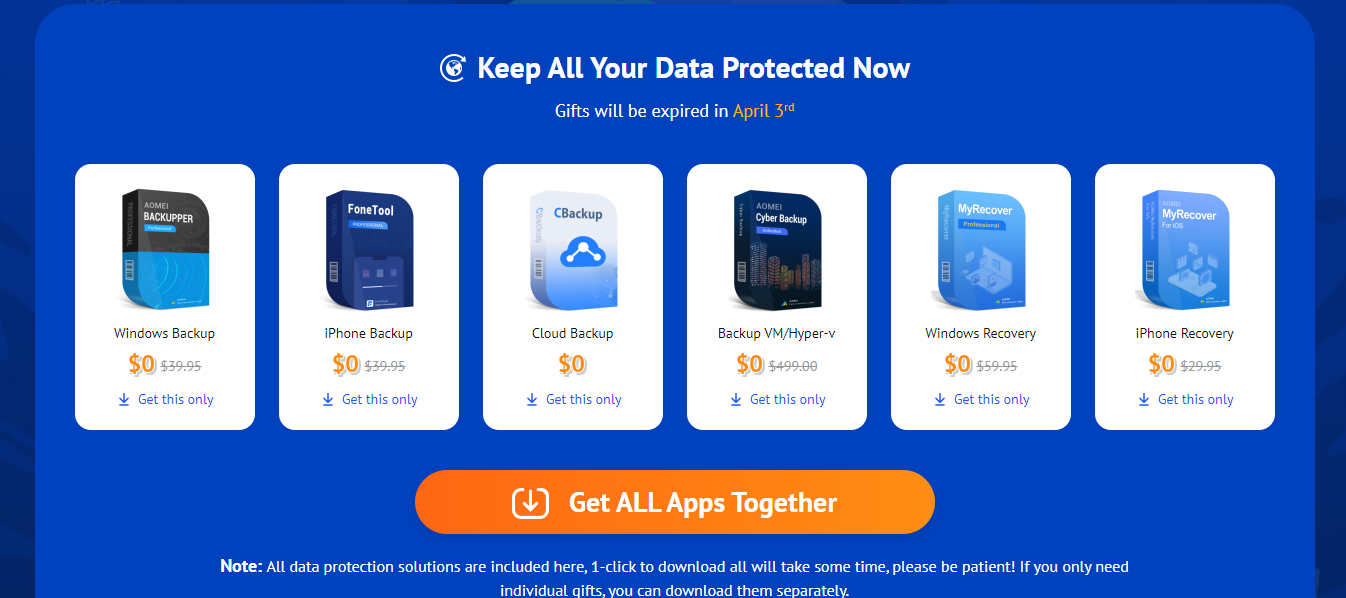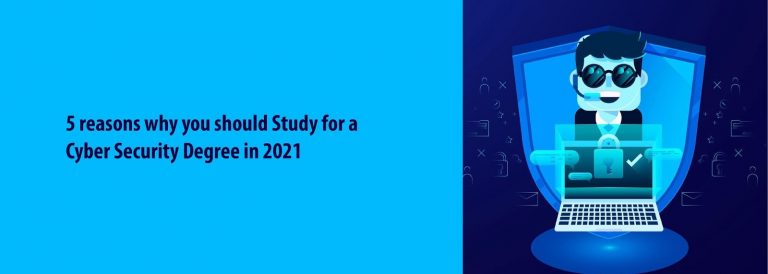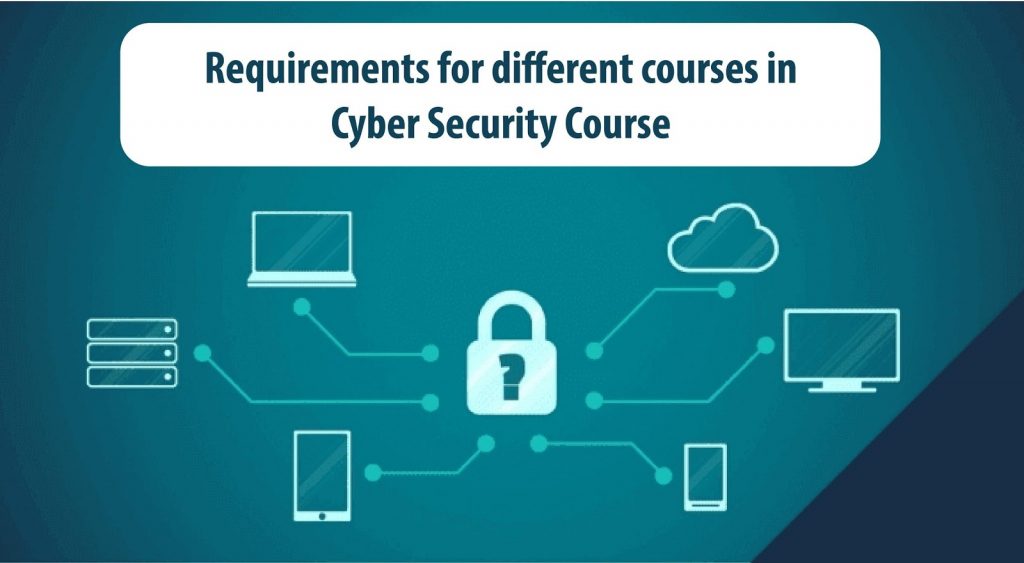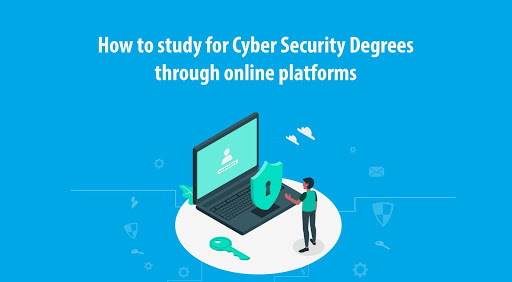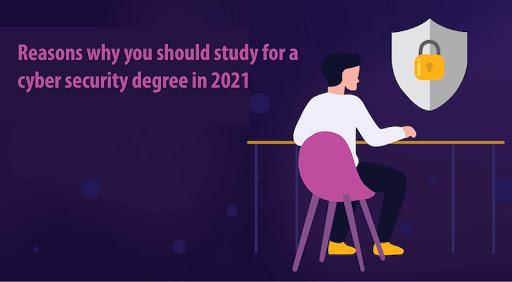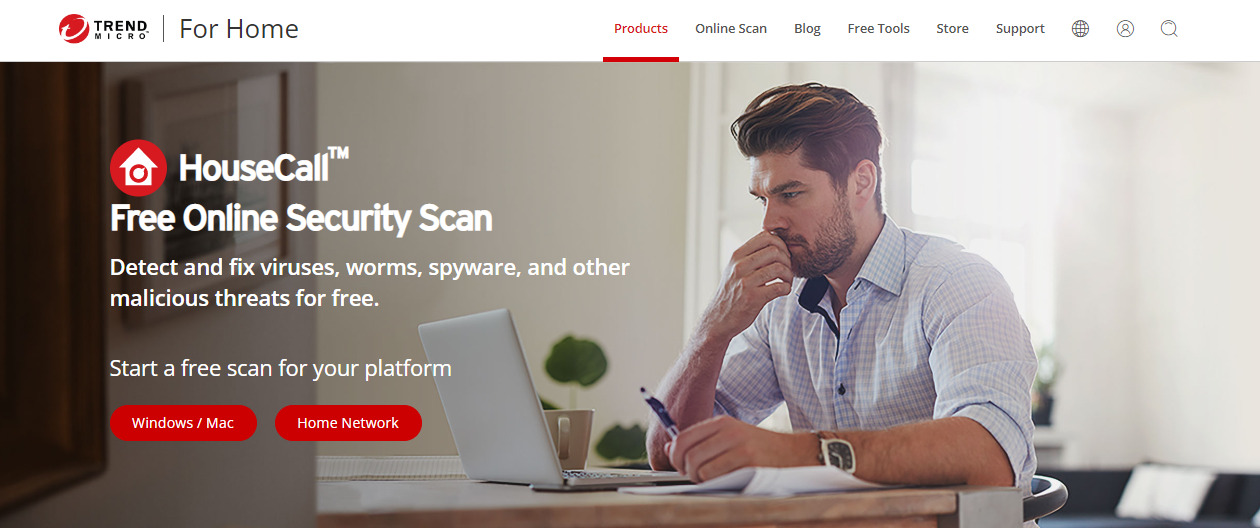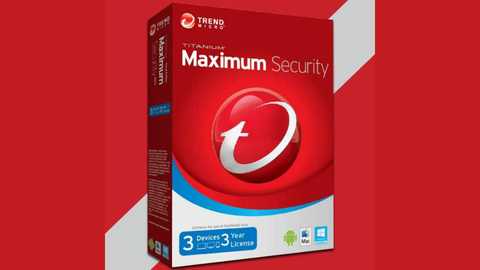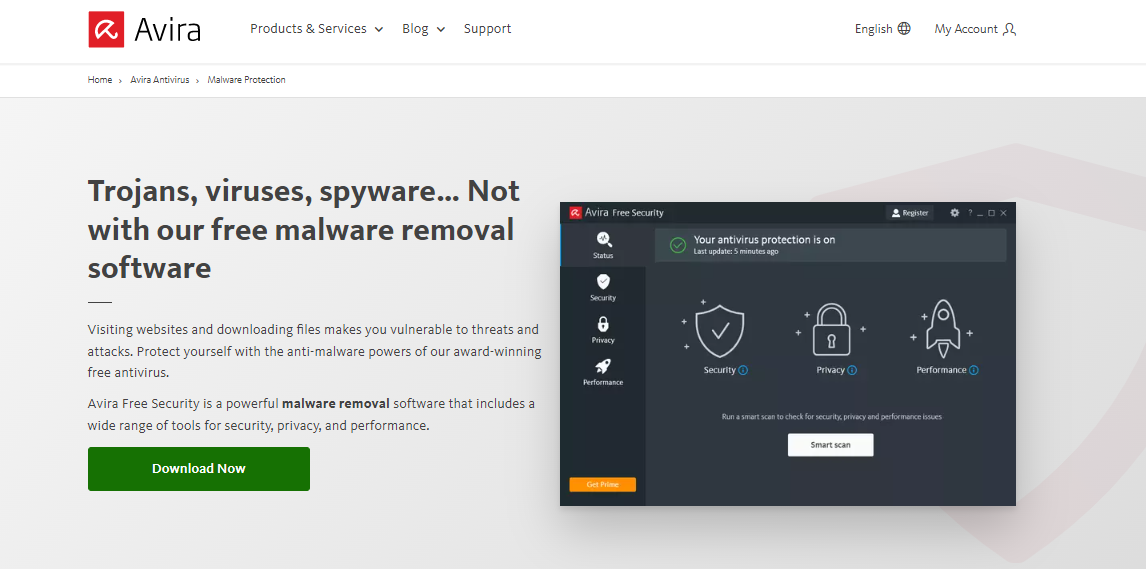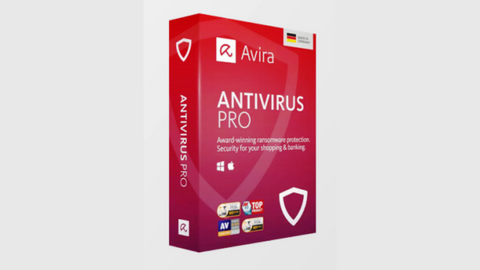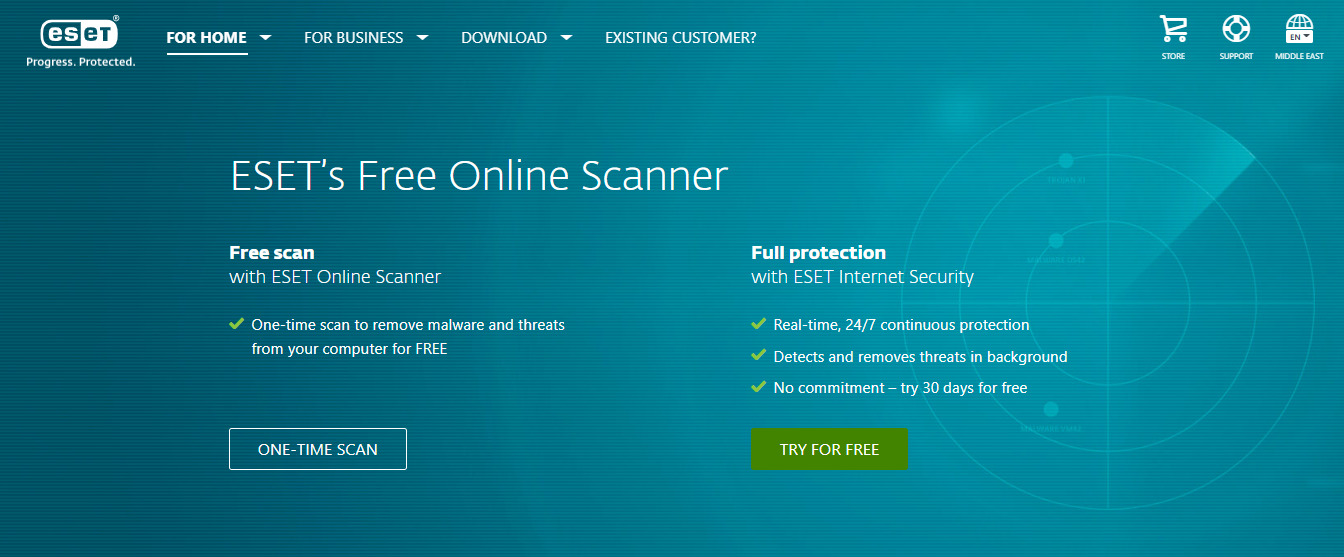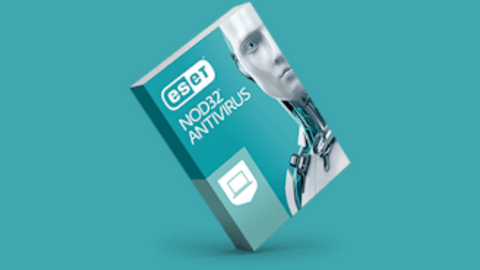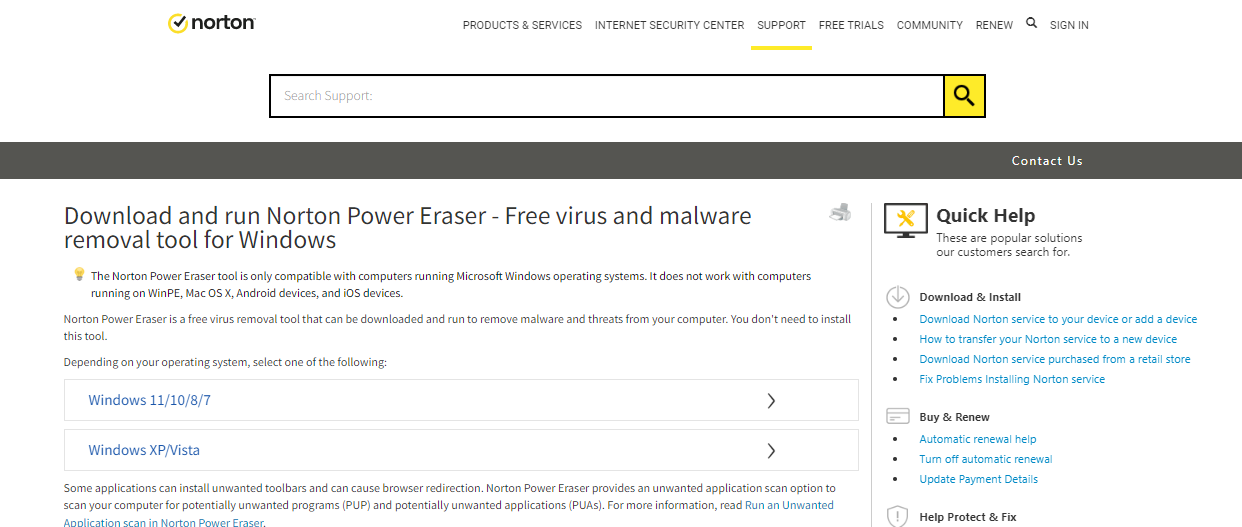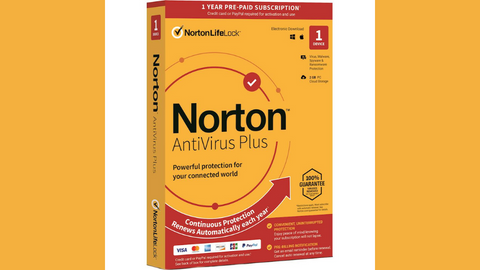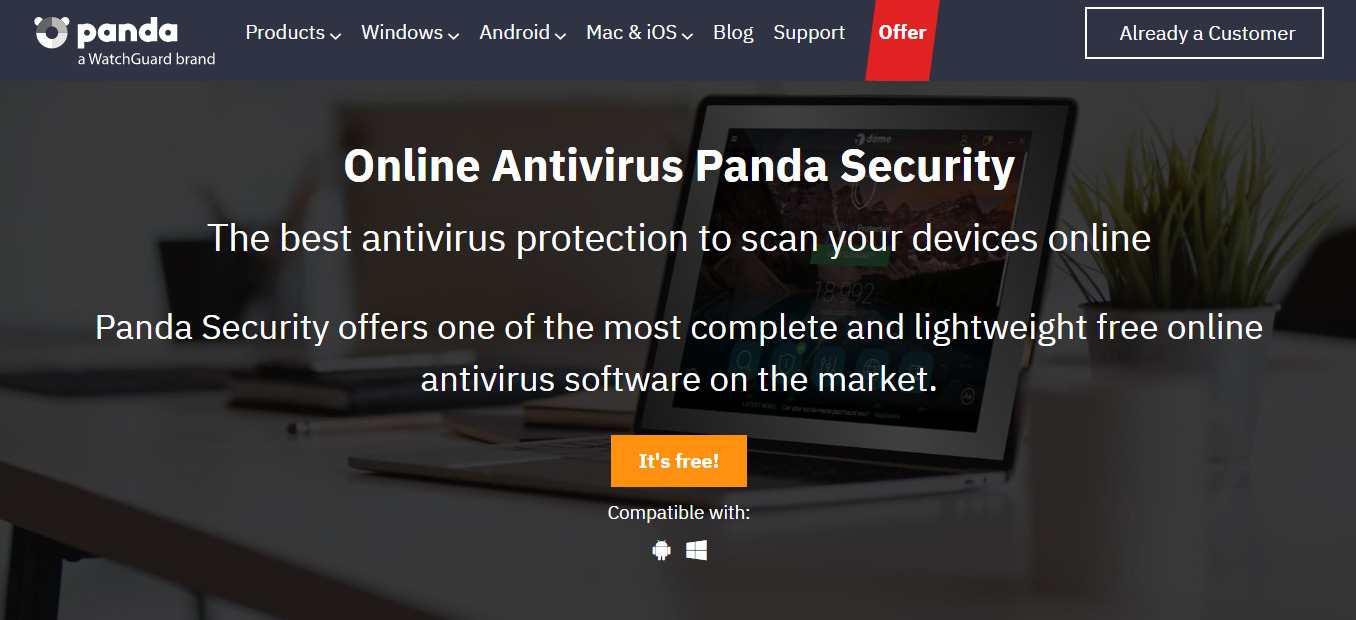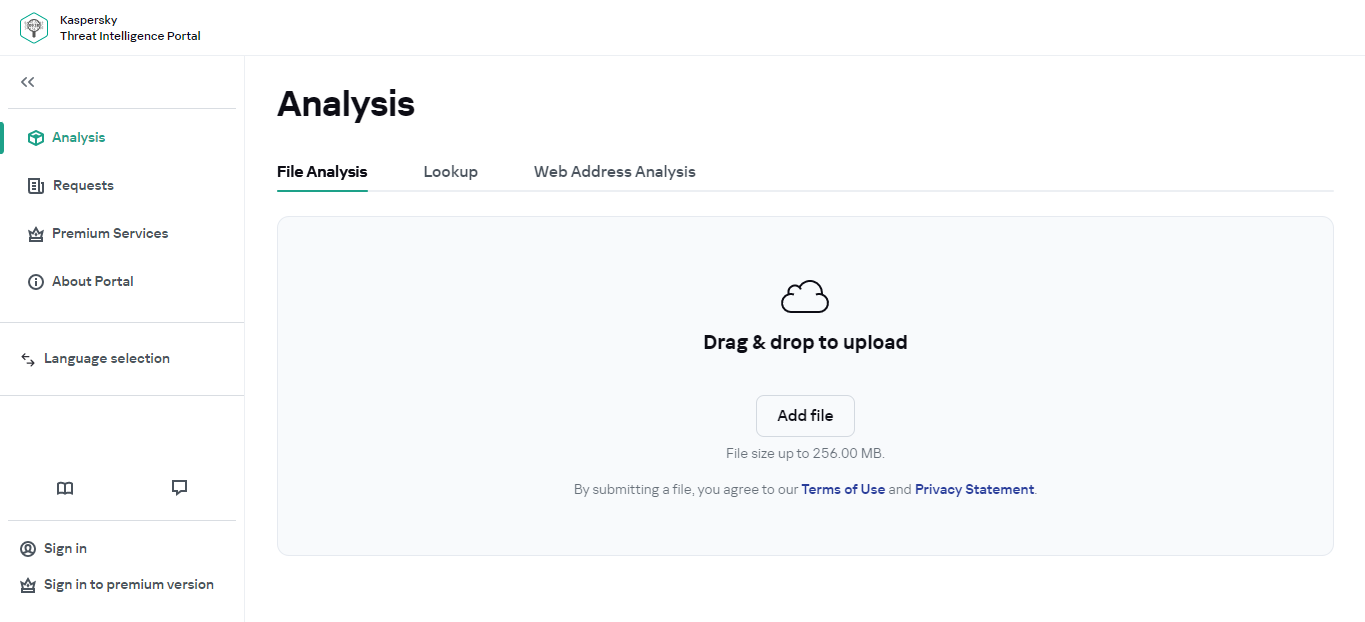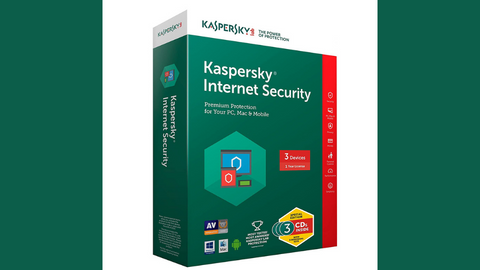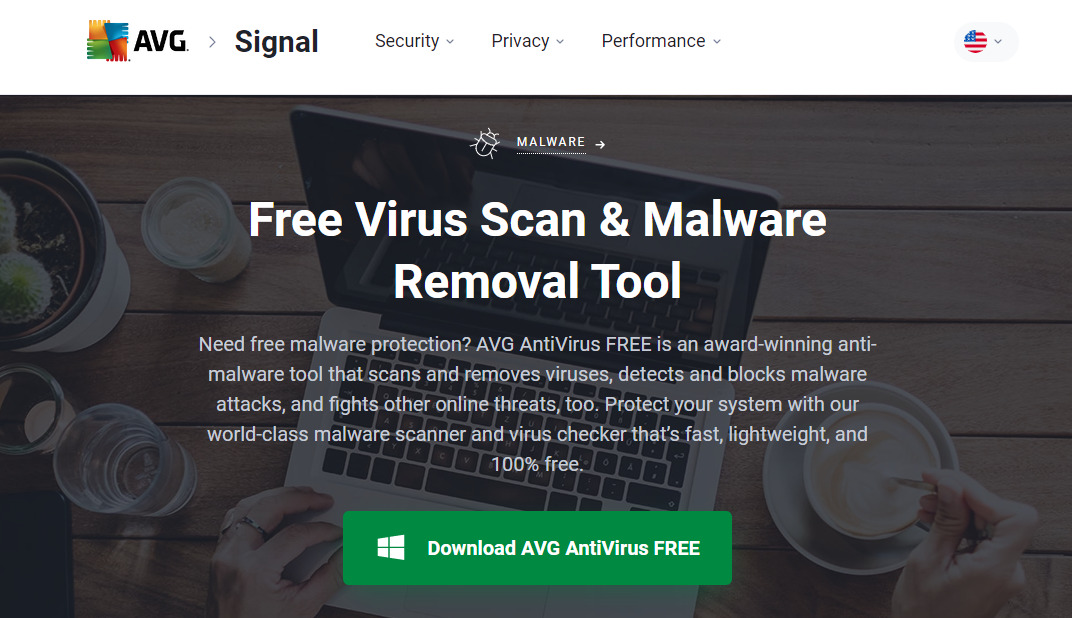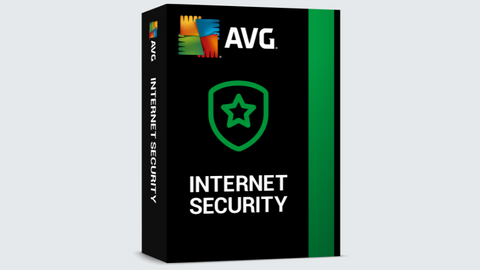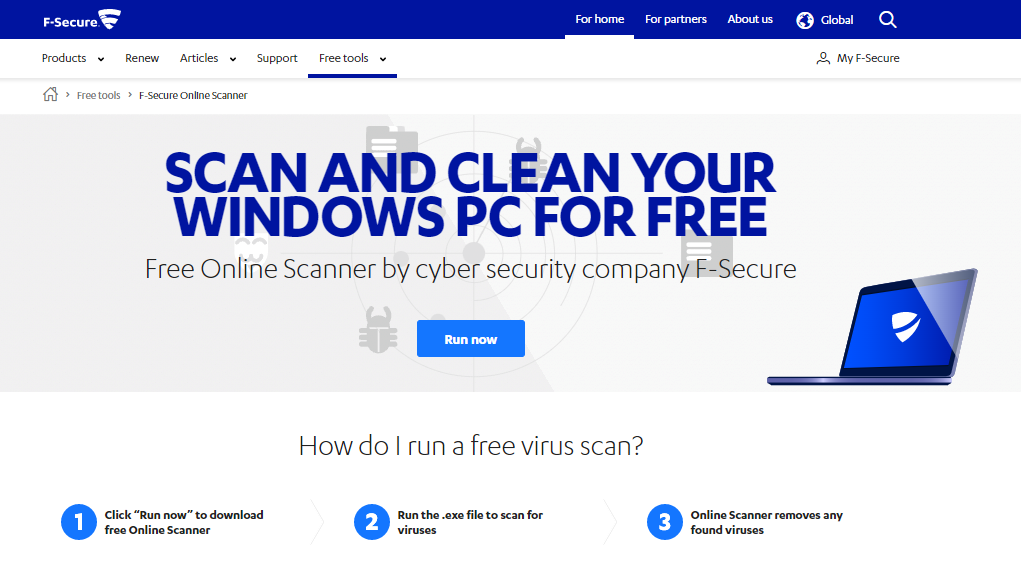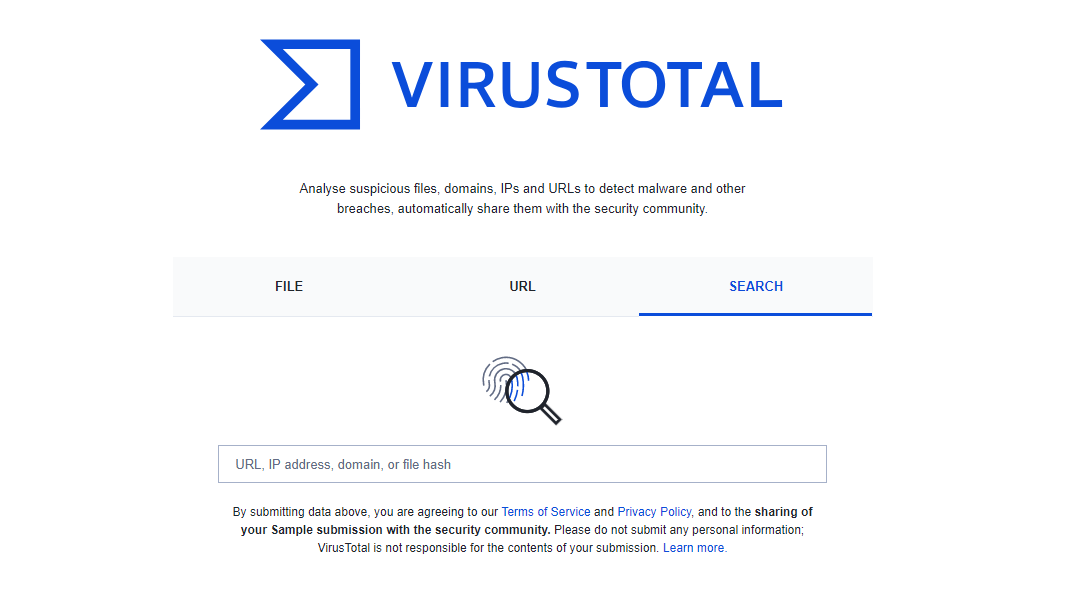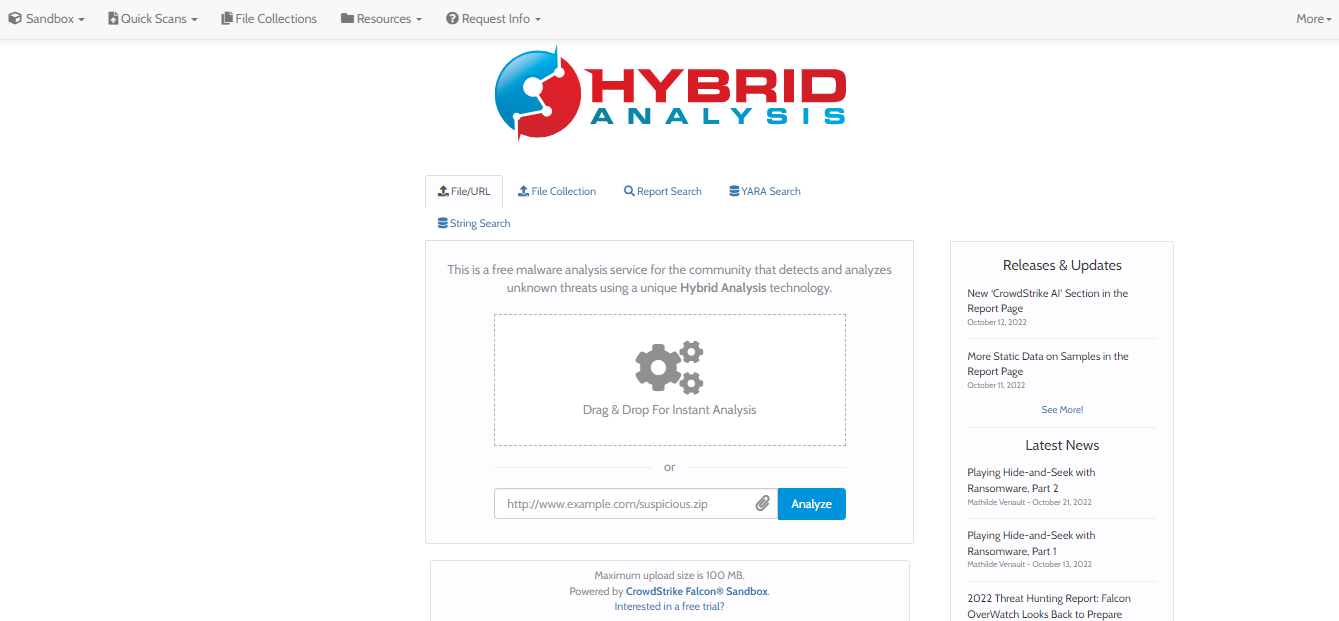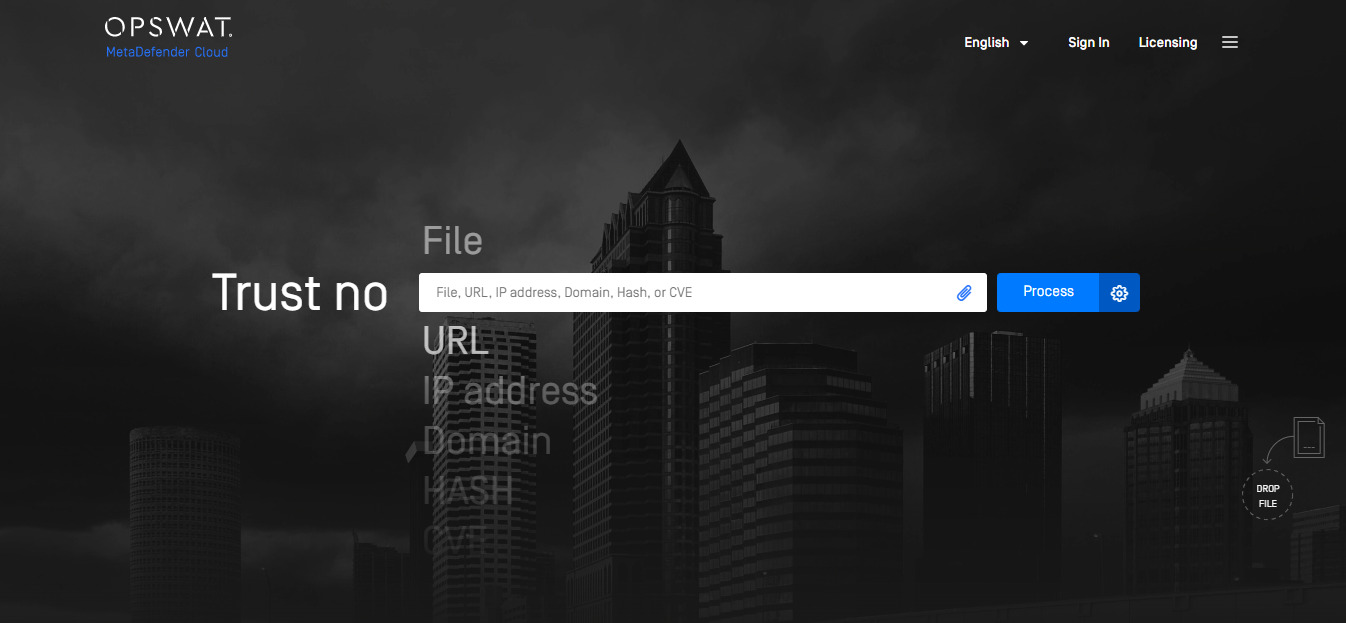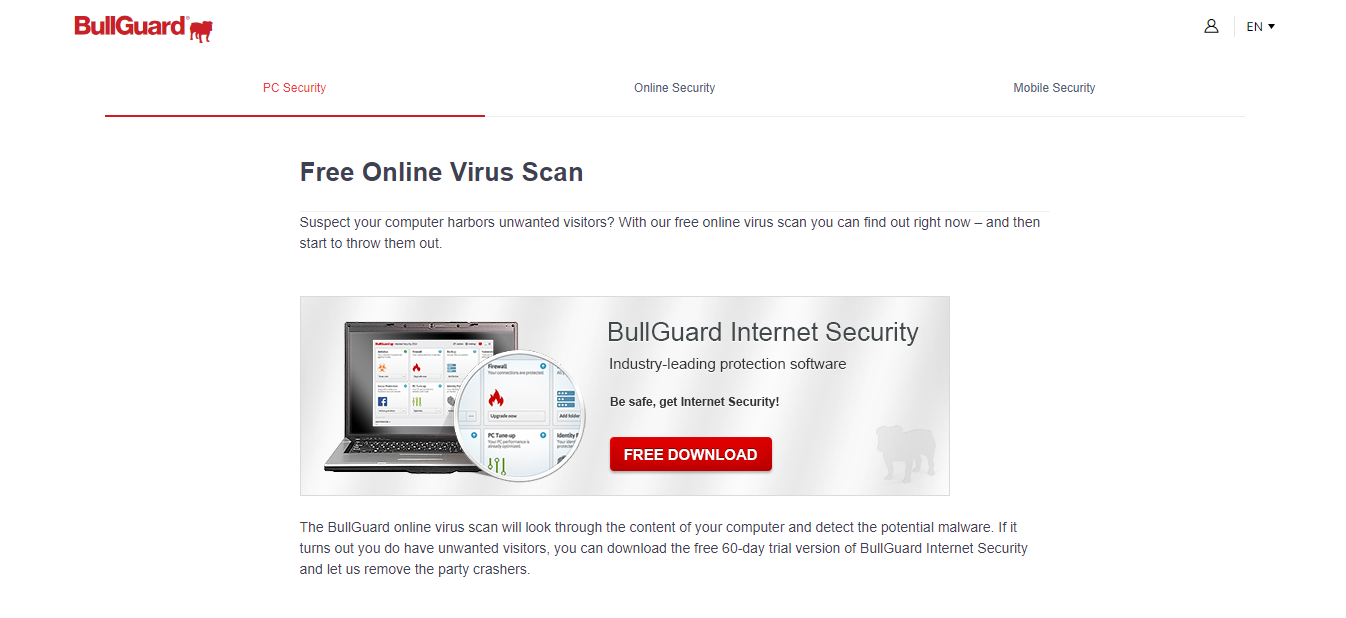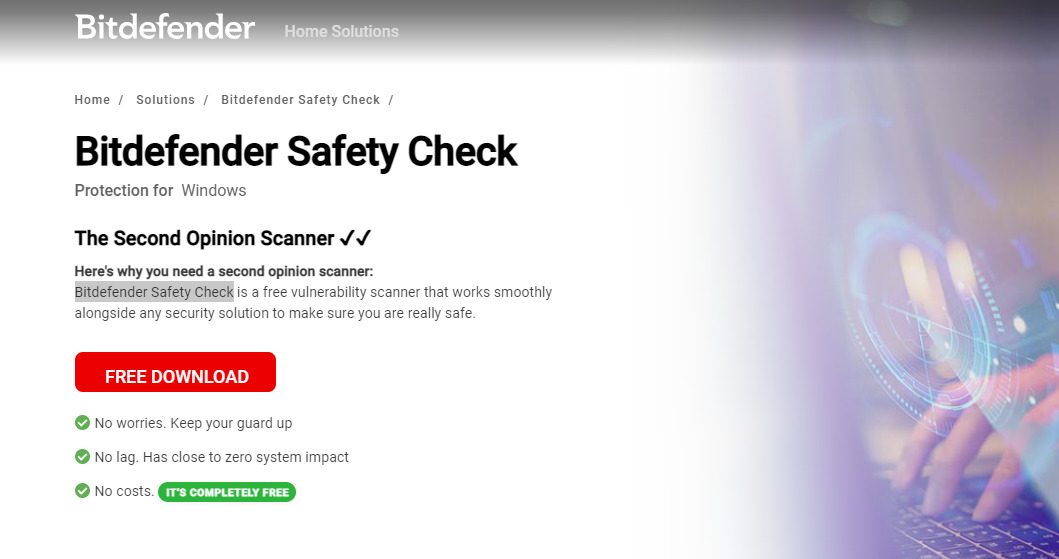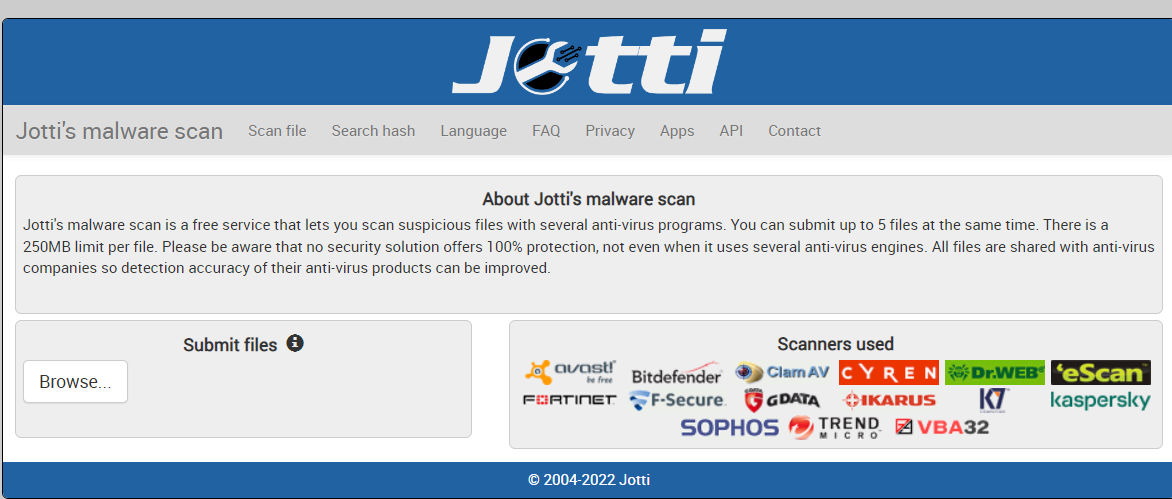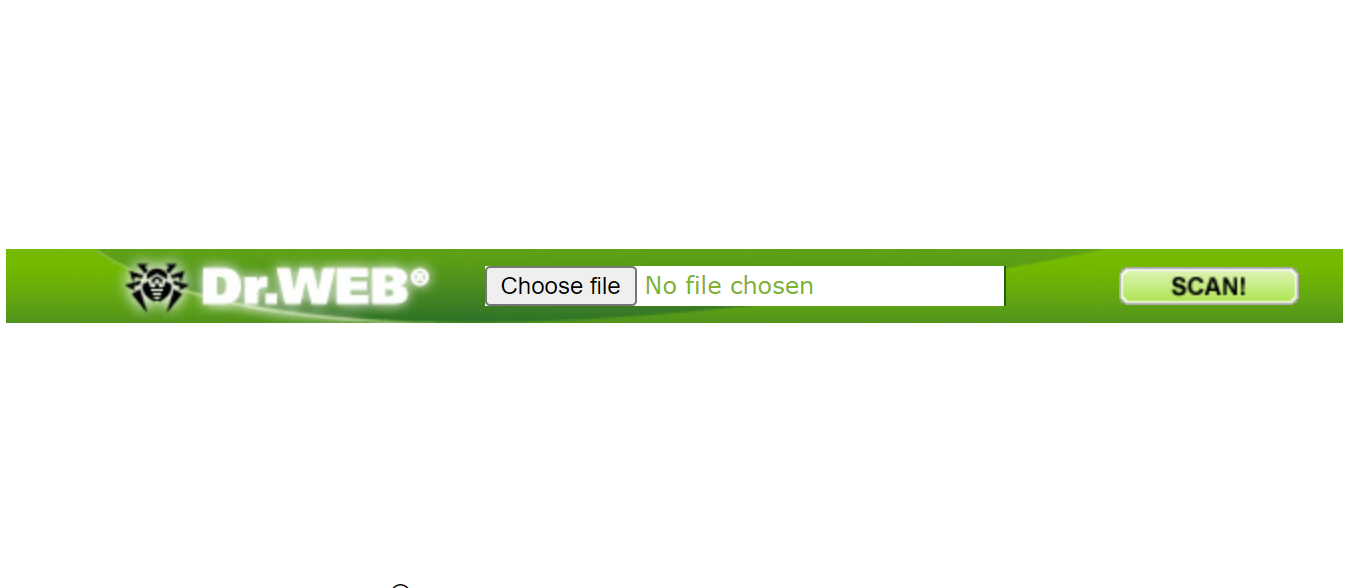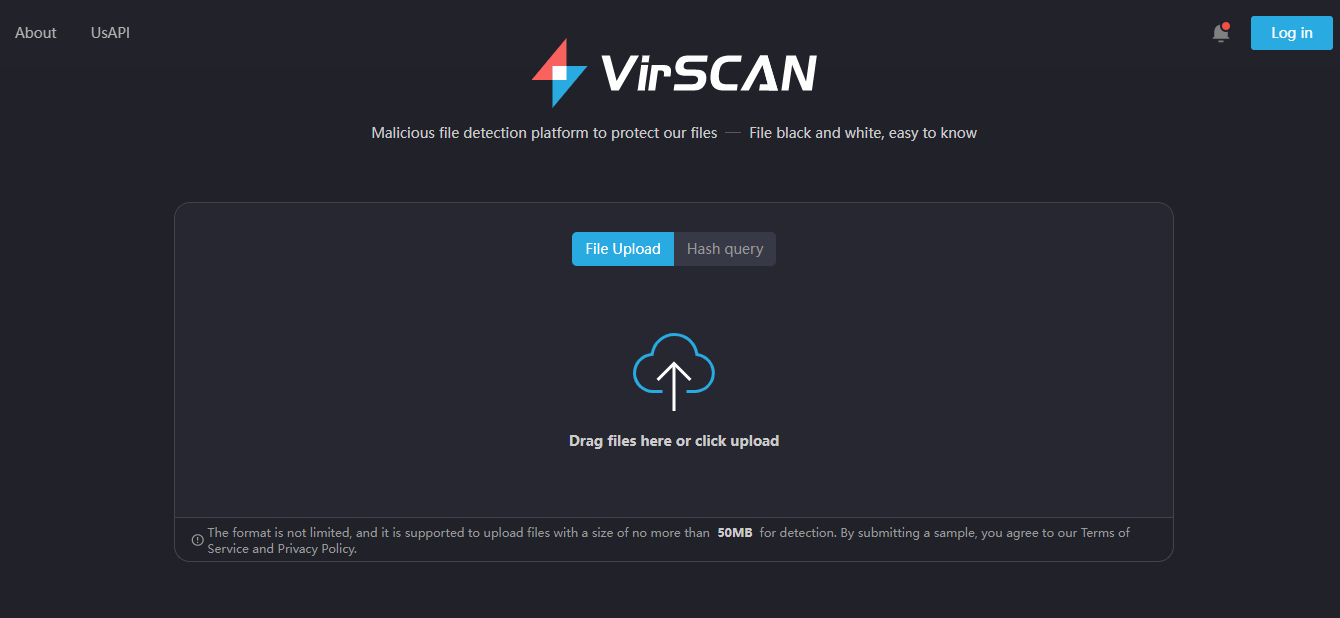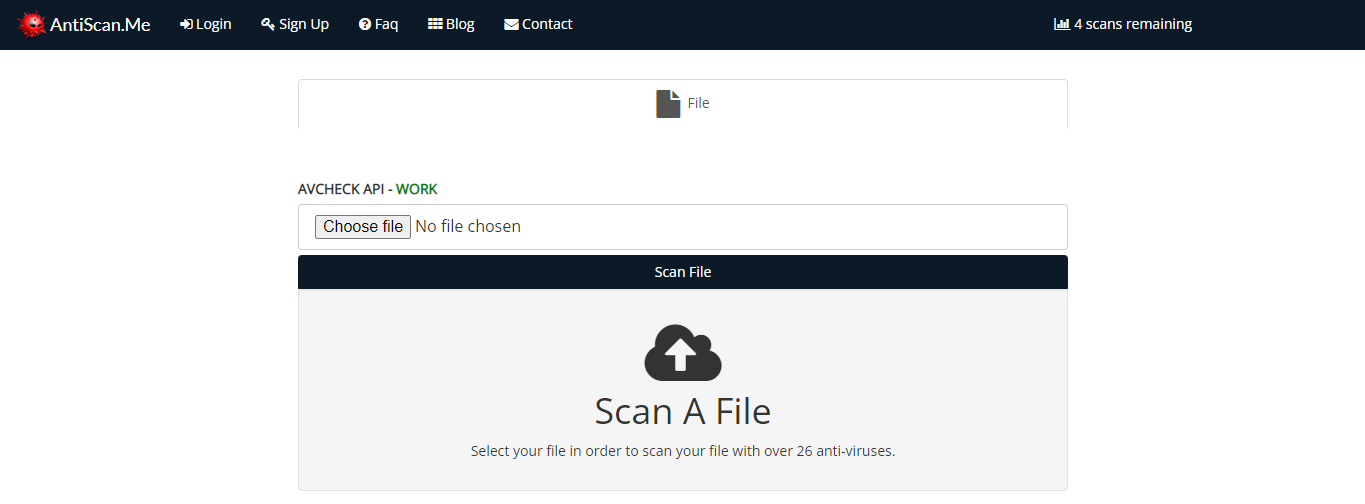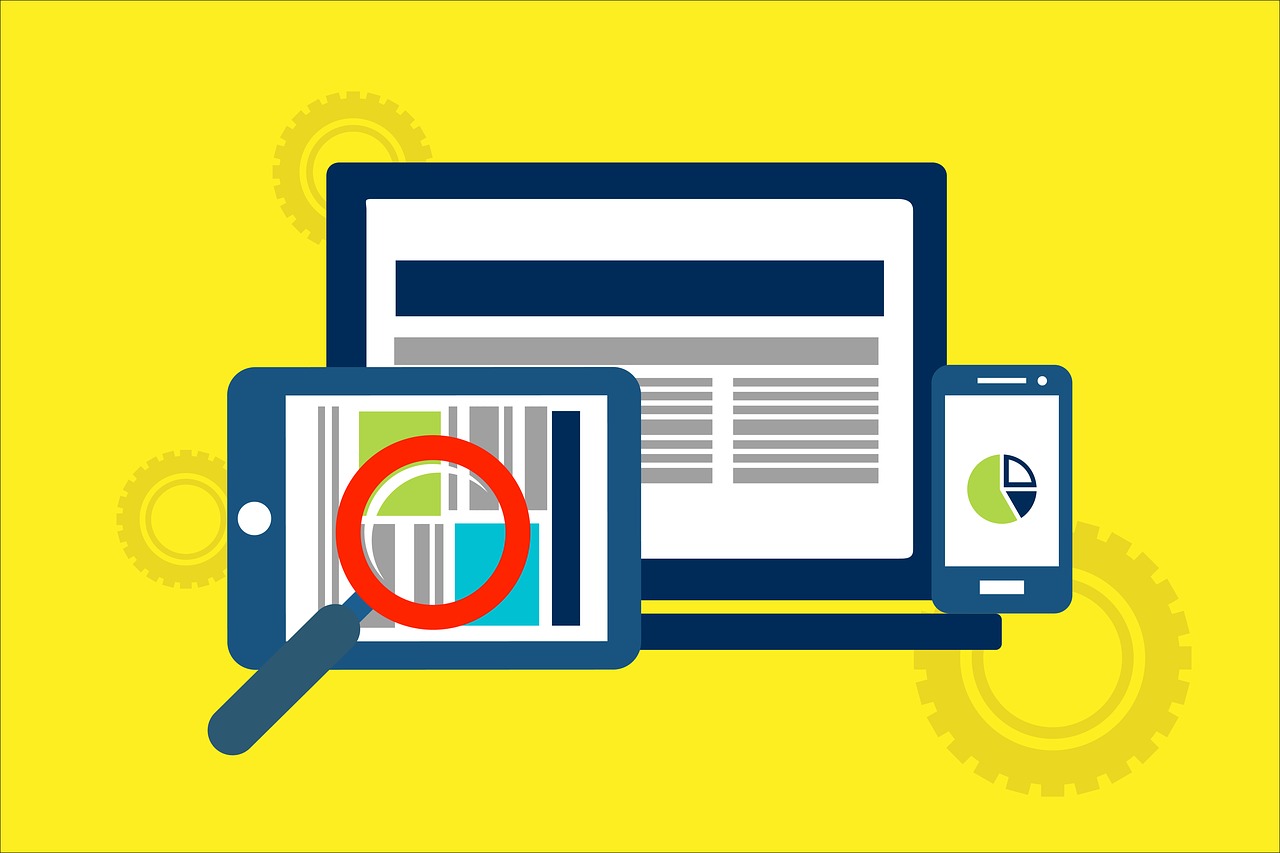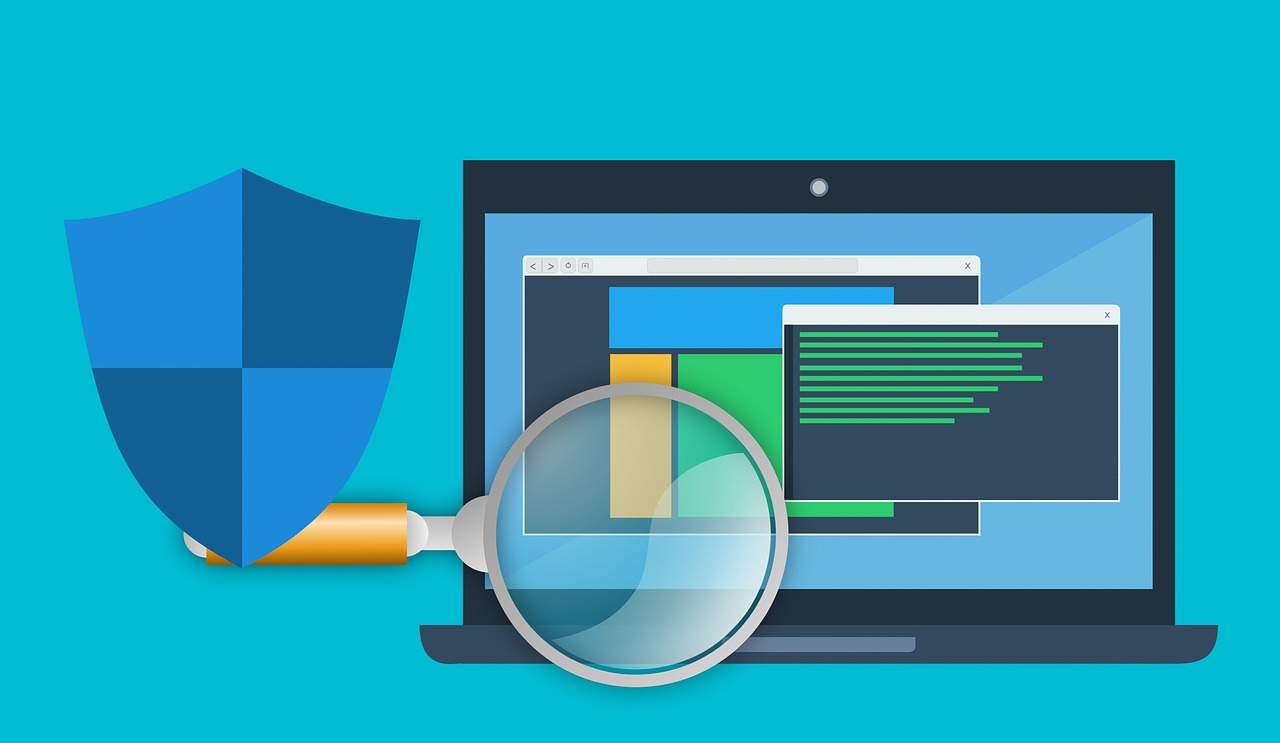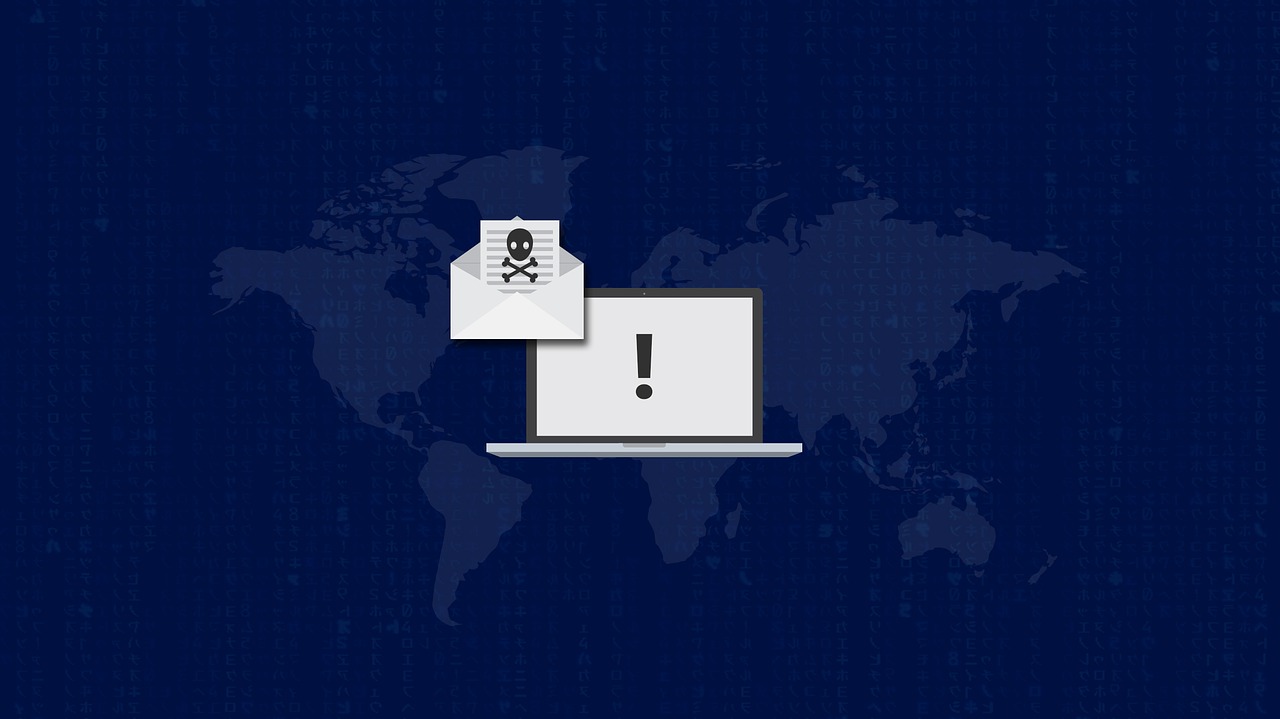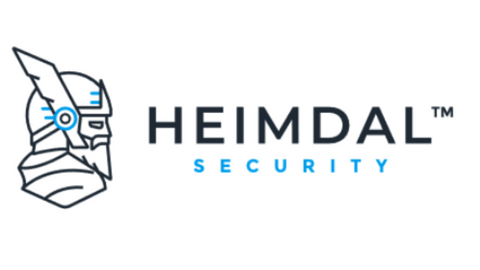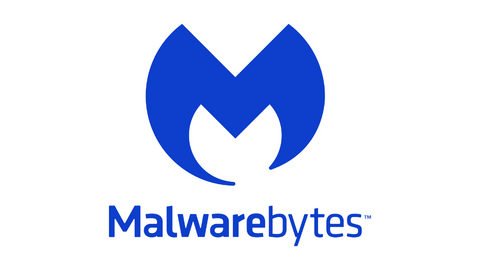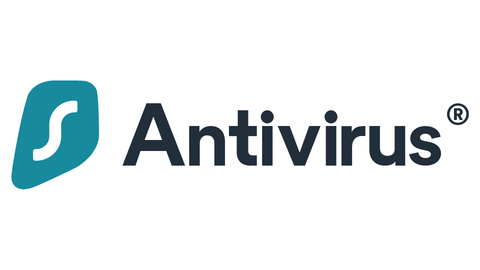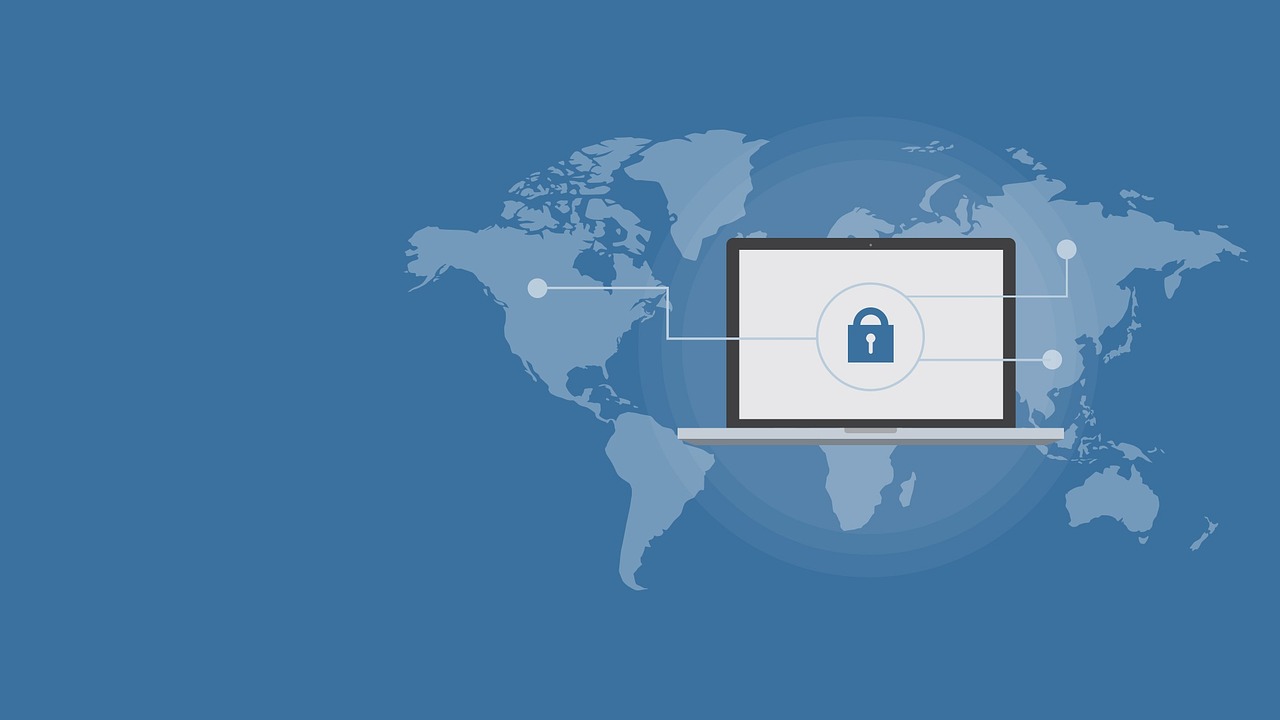This post will show you the best parental control software for 2024.
As a child safety advocate and parent of two myself, I understand the ever-present concern of keeping our children safe in the vast and sometimes perilous digital landscape.
The internet holds a treasure trove of information and opportunities for learning and connection, but it also comes with potential dangers.
This is where parental control software is a valuable tool to provide peace of mind and establish healthy digital habits for your children.
Table of Contents
TL;DR
Parental control software allows you to monitor your child’s online activity, set screen time limits, filter inappropriate content, and track their location for added safety. These tools are not meant to replace open communication and trust with your children but rather a complementary resource to guide them as they navigate the digital world.
Top Deals
What Is Parental Control Software?
In my experience, parental control software acts as a virtual safety net for your children’s online activities. It’s a suite of tools that allows you to:
- Monitor websites and apps: See what websites your child visits, what apps they use, and how much time they spend on each.
- Filter inappropriate content: Block access to websites with adult content, gambling, or other potentially harmful material.
- Set screen time limits: Establish healthy boundaries for how much time your child spends on their devices each day or during specific times like bedtime.
- Track location: Some software offers features to track your child’s location on a map, providing peace of mind knowing their whereabouts.
- Manage app permissions: Control which apps can access features like location data or the camera, safeguarding your child’s privacy.
While features can vary depending on the software you choose, the core functionality revolves around giving you more control and visibility into your child’s digital life.
Parental control software is a valuable tool to provide peace of mind and establish healthy digital habits for your children.
Best Parental Control Deals
Best Parental Control Software (2024)
Here’s a curated list of some of the best parental control software options available in 2024, catering to different needs and budgets:
1. Qustodio
Qustodio stands out for its well-rounded parental control solution with a user-friendly interface. It excels in website and app monitoring, content filtering, and screen time management.
Key features include:
- Detailed Reports: Gain insights into your child’s online activity with comprehensive reports that track website visits, app usage, and search terms. These reports can be a valuable springboard for conversations about online safety and responsible digital citizenship.
- Website Filtering: Block access to inappropriate websites with customizable categories like gambling, violence, or adult content.
- App Blocking and Management: Control which apps your child can download and use, set time limits for specific apps, and even block in-app purchases.
- Screen Time Management: Establish healthy boundaries for how much time your child spends on their devices each day or during specific times like bedtime. Qustodio allows for flexible scheduling and even offers a “reward” system where earned screen time can be used for additional device access.
- Social Media Monitoring (Premium Plans): Monitor your child’s activity on popular social media platforms like Facebook, Instagram, or Twitter (with their knowledge and consent).
- Call and SMS Monitoring (Premium Plans): Keep an eye on your child’s phone calls and text messages (with their knowledge and consent) to identify potential issues like cyberbullying or inappropriate contacts (adhere to local laws and regulations regarding such monitoring).
Pricing
Qustodio offers a free plan with basic features like website filtering and app blocking for one device. Premium plans unlock advanced features like detailed reports, social media monitoring, call and SMS monitoring, and multi-device support. Pricing varies depending on the chosen plan and subscription duration.
Pros
- User-friendly interface
- Detailed reports for informed conversations
- Customizable website filtering
- Flexible screen time management options
- Social media and call/SMS monitoring (premium plans)
Cons
- The free plan has limited features
- Some premium features require additional cost
2. Kaspersky Safe Kids
Kaspersky Safe Kids is a budget-friendly option from a well-respected security company. It provides core features for parents prioritizing website filtering, app blocking, and screen time management.
Kaspersky Safe Kids also offers some unique features:
- Safe Search: Ensures safe search results on popular search engines like Google or Bing, helping to shield your child from inappropriate content.
- Alerts for Inappropriate Websites: Receive notifications if your child attempts to access blocked websites.
- App Blocking and Management: Block specific apps or entire app categories, set app time limits, and permit access to educational apps even during restricted times.
- Screen Time Management: Establish daily or weekly screen time limits for your child’s devices.
- Reports: Get insights into your child’s online activity with reports that track app usage and website visits.
Pricing
Kaspersky Safe Kids offers a free basic plan with website filtering and app blocking for up to three devices. A premium plan unlocks features like Safe Search, app time limits by category, and detailed reports. Pricing is competitive compared to other options.
Pros
- A budget-friendly option with core features
- Safe Search for Secure Web Browsing
- App blocking and management with flexibility
- Screen time limits for healthy device use
- Reports for monitoring online activity
Cons
- The free plan has limited features
- Lacks features like social media monitoring or location tracking
3. FamiSafe
FamiSafe caters to parents who prioritize location tracking and geofencing features.
This best parental control software allows you to:
- Real-time Location Tracking: See your child’s whereabouts on a map in real-time, providing peace of mind in knowing their location.
- Geofencing Alerts: Set virtual boundaries around locations like your home, school, or approved friend’s houses. Receive alerts if your child enters or leaves these designated zones.
- Website Blocking: Block access to inappropriate websites with customizable categories.
- App Blocking and Management: Block specific apps or entire app categories and set app time limits.
- Screen Time Management: Establish daily or weekly screen time limits for your child’s devices. FamiSafe offers scheduling flexibility and even a “reward” system where earned screen time can be used for additional device access.
- Suspicious Photo Detection (Premium Plans): Receive alerts if the app detects potentially inappropriate photos on your child’s device (ensure such monitoring adheres to local laws and regulations).
Pricing
FamiSafe offers a free basic plan with limited features like website blocking and finding a lost phone. Premium plans unlock advanced features like real-time location tracking, geofencing alerts, app blocking and scheduling management, screen time management with rewards, and suspicious photodetection. Pricing varies depending on the chosen plan and subscription duration.
Pros
- Robust location tracking and geofencing features
- Website blocking and app management
- Screen time management with flexibility
- Suspicious photodetection (premium plans)
Cons
- The free plan has very limited features
- Lacks features like social media monitoring or detailed reports
4. ESET Parental Control
ESET Parental Control is a reliable option from a company known for its antivirus software. It provides core features like website filtering, app blocking, screen time management, and a unique focus on social media monitoring.
- Website Filtering: Block access to inappropriate websites with customizable categories.
- App Blocking and Management: Block specific apps or entire app categories, set app time limits, and permit access to educational apps even during restricted times.
- Screen Time Management: Establish daily or weekly screen time limits for your child’s devices. ESET offers scheduling flexibility and allows for custom time limits on weekdays versus weekends.
- Social Network Control (Premium Plans): Monitor your child’s activity on popular social media platforms like Facebook, Instagram, or Twitter (with their knowledge and consent). View posts, comments, and even private messages (adhere to local laws and regulations regarding such monitoring).
- Reports: Get insights into your child’s online activity with reports that track website visits, app usage, and social media activity (premium plans).
Pricing
ESET Parental Control offers a free trial period. Paid subscriptions are required for continued use and unlock premium features like social media monitoring and detailed reports. Pricing is competitive within the market.
Pros
- Reliable core features from a trusted security company
- Website filtering and app management with flexibility
- Screen time management with scheduling options
- Social media monitoring for informed conversations (premium plans)
Cons
- Requires a paid subscription for most features
- The free trial has limited functionality
5. mSpy
mSpy offers a wider range of monitoring features than this list’s other best parental software.
It’s essential to use such monitoring tools cautiously and with proper consent, adhering to all local laws and regulations.
mSpy allows for extensive monitoring, including:
- Call and SMS Monitoring: Monitor your child’s phone calls and text messages, including content and call duration (with their knowledge and consent).
- Social Media Monitoring: Monitor your child’s activity on popular social media platforms like Facebook, Instagram, or WhatsApp (with their knowledge and consent). View posts, comments, and even private messages.
- Real-time Location Tracking: See your child’s whereabouts on a map in real time.
- Webcam and Microphone Monitoring (Limited Availability): Monitor activity on the device’s webcam or microphone (check the legality and ethical implications in your region).
- Keylogger (Limited Availability): Record keystrokes typed on the device (use with extreme caution and only if necessary, adhering to all local laws).
Pricing
mSpy offers a paid subscription with tiered pricing plans. Pricing varies depending on the chosen features and subscription duration.
Pros
- Extensive monitoring features for in-depth oversight (use with caution)
- Call and SMS monitoring
- Social media monitoring
- Real-time location tracking
Cons
- Most features can be intrusive and require transparency with your child
- Legality and ethical considerations surrounding some features
- Requires a paid subscription
6. Norton Family
Norton Family is a comprehensive parental control software suite from a trusted security brand.
It offers a wide range of features, catering to parents who want a robust solution:
- Website Filtering: Block access to inappropriate websites with customizable categories.
- App Blocking and Management: Block specific apps or entire app categories, set app time limits, and permit access to educational apps even during restricted times.
- Screen Time Management: Establish daily or weekly screen time limits for your child’s devices. Norton Family offers scheduling flexibility and allows for custom time limits on weekdays versus weekends.
- Location Tracking: See your child’s whereabouts on a map in real time, providing peace of mind.
- Video Supervision (Premium Plans): Remotely view your child’s screen activity on their device, offering a glimpse into their online behavior (use with transparency and open communication).
Pricing
Norton Family offers a free basic plan with website filtering and app blocking for one device. Premium plans unlock advanced features like screen time management, location tracking, video supervision, and parental activity reports. Pricing is competitive within the market.
Pros
- Comprehensive suite from a trusted security brand
- Website filtering and app management with flexibility
- Screen time management with scheduling options
- Location tracking for real-time awareness (premium)
- Video supervision for monitoring online activity (premium)
Cons
- The free plan has limited features
- Some advanced features require a premium subscription
7. EyeZy
EyeZy caters to parents looking for a more discreet monitoring solution. This software can be installed on your child’s device without their knowledge (check local laws and regulations regarding such practices).
While transparency and open communication are crucial, EyeZy offers a range of features for monitoring purposes:
- Call and SMS Monitoring: Monitor your child’s phone calls and text messages, including content and call duration (use with their knowledge and consent if possible).
- Social Media Monitoring: Monitor your child’s activity on popular social media platforms like Facebook, Instagram, or WhatsApp (with their knowledge and consent). View posts, comments, and even private messages.
- Real-time Location Tracking: See your child’s whereabouts on a map in real time.
- Webcam and Microphone Monitoring: Monitor activity on the device’s webcam or microphone (check legality and ethical implications in your region).
- Keylogger: Record keystrokes typed on the device (use with extreme caution and only if necessary, adhering to all local laws).
Pricing
EyeZy offers a paid subscription with tiered pricing plans. Pricing varies depending on the chosen features and subscription duration.
Pros
- Extensive monitoring features for in-depth oversight (use with caution)
- Call and SMS monitoring
- Social media monitoring
- Real-time location tracking
Cons
- Discreet monitoring can be intrusive and requires open communication with your child when possible
- Legality and ethical considerations surrounding some features, especially hidden installation
- Requires a paid subscription
8. uMobix
uMobix is another option for discreet monitoring, offering similar features to EyeZy. It allows you to monitor calls, texts, social media, location and even record keystrokes. Again, prioritize open communication with your child and ensure such monitoring adheres to local laws.
Pricing
uMobix offers a paid subscription with tiered pricing plans. Pricing varies depending on the chosen features and subscription.
Pros
- Similar Features to EyeZy: Monitor calls, texts, social media, location, and record keystrokes (use with caution and transparency).
Cons
- Discreet monitoring can be intrusive and requires open communication with your child when possible
- Legality and ethical considerations surrounding some features, especially hidden installation
- Requires a paid subscription
9. SpyBubble
SpyBubble positions itself as a parental monitoring solution but leans more towards features typically associated with employee monitoring software.
While it offers functionalities like call and text monitoring, social media monitoring, and location tracking, it lacks features like website filtering or screen time management that are more relevant to parental control.
- Call and SMS Monitoring: Monitor your child’s phone calls and text messages, including content and call duration (use with their knowledge and consent).
- Social Media Monitoring: Monitor your child’s activity on popular social media platforms like Facebook, Instagram, or WhatsApp (with their knowledge and consent). View posts, comments, and even private messages.
- Real-time Location Tracking: See your child’s whereabouts on a map in real time.
- Email Monitoring (Limited Availability): Monitor incoming and outgoing emails (check legality and ethical implications in your region).
- Surroundings Recording (Limited Availability): Remotely activate the device’s microphone to record surrounding sounds (extreme caution and legal compliance required).
Pricing
SpyBubble offers a paid subscription with tiered pricing plans. Pricing varies depending on the chosen features and subscription duration.
Pros
- Extensive monitoring features for in-depth oversight (use with extreme caution and transparency)
- Call and SMS monitoring
- Social media monitoring
- Real-time location tracking
Cons
- Leans towards employee monitoring features, less focus on parental controls
- Lacks website filtering and screen time management
- Features like email monitoring and surrounding recording raise ethical and legal concerns
- Requires a paid subscription
10. Net Nanny
Net Nanny is a veteran player in the parental control software market.
It offers a robust suite of features, catering to parents who want a well-rounded solution with a focus on website filtering:
- Website Filtering: Block access to inappropriate websites with customizable categories and advanced filtering based on content and keywords.
- App Blocking and Management: Block specific apps or entire app categories, set app time limits, and permit access to educational apps even during restricted times.
- Screen Time Management: Establish daily or weekly screen time limits for your child’s devices. Net Nanny offers scheduling flexibility and allows for custom time limits on weekdays versus weekends.
- Location Tracking: See your child’s whereabouts on a map in real-time (premium plans).
- Application Blocking by Category: Block entire categories of apps like games or social media (helpful for managing specific types of online activity).
- Family Feed: Provides insights and conversation starters related to your child’s online activity, helping to bridge the communication gap.
Pricing
Net Nanny offers a free trial period. Paid subscriptions are required for continued use and unlock premium features like location tracking. Pricing is competitive within the market.
Pros
- Robust website filtering with advanced options
- App blocking and management with flexibility
- Screen time management with scheduling options
- Location tracking for real-time awareness (premium)
- Application blocking by category for targeted control
- Family Feed for promoting open communication
Cons
- Requires a paid subscription for most features
- The free trial has limited functionality
Choosing the Right Parental Control Software
With this comprehensive overview of some of the best parental control software options in 2024, you’re well-equipped to make an informed decision. Here are some key factors to consider when choosing the right software for your family:
- Your Child’s Age: Younger children might require stricter monitoring than teenagers. Consider the level of oversight you feel is necessary based on your child’s maturity and online behavior.
- Your Priorities: Do website filtering, app blocking, or screen time management top your list of concerns? Choose software that excels in the features most important to you.
- Transparency and Communication: While parental control software can be a valuable tool, open communication and trust with your child are paramount. Discuss online safety, responsible digital citizenship, and the purpose of the parental control software with your child.
- Features and Pricing: Compare the features offered by different software options and weigh them against your needs and budget. Consider free trials or freemium plans to test functionality before committing to a paid subscription.
- Device Compatibility: Ensure the chosen software is compatible with your child’s devices (phones, tablets, computers). Some software may require separate installations for different operating systems.
- Local Laws and Regulations: Be mindful of the laws in your region regarding monitoring software, primarily features like hidden installation, call/text monitoring, or keyloggers. Always prioritize ethical and legal compliance.
- Privacy: Choose software with a strong privacy policy that protects your child’s data.
- Customer Support: Reliable customer support can be helpful if you encounter any issues with the software.
- Ease of Use: Consider how user-friendly the software is for you and your child (if applicable).
Remember, parental control software is a tool to be used in conjunction with open communication and trust-building with your child.
Benefits of Parental Control Software
Parental control software offers a range of benefits for parents, including:
- Peace of mind: Knowing your child is browsing safe websites and spending a healthy amount of time online can provide much-needed peace of mind.
- Promoting healthy digital habits: Parental control software can help you establish boundaries and guide your child towards responsible digital citizenship.
- Monitoring online activity: You can see what websites your child visits, what apps they use, and the content they are exposed to.
- Setting screen time limits: Parental control software can help you limit your child’s time on their devices, promoting a healthy balance with other activities.
- Location tracking (for some software): Knowing your child’s whereabouts, especially for younger children, can provide extra safety.
READ ALSO: 15 Tips to Protect Your Privacy Online
How to Choose Parental Control Software
Here are some tips for choosing the right parental control software for your family:
- Identify your needs and priorities. What are your biggest concerns regarding your child’s online activity?
- Research different software options. Read reviews and compare features and pricing plans.
- Consider your child’s age. Younger children might require stricter monitoring compared to teenagers.
- Think about transparency and communication. Parental control software is a tool to complement open communication, not a replacement.
- Start with a free trial (if available). Many parental control software options offer free trials, allowing you to test the features before committing to a paid subscription.
Related: Exclusive Tips to Stop Cyberbullying [For Teens and Parents]
Top Parental Control Deals
Conclusion
The digital world can be an excellent resource for learning and exploration, but it also comes with potential risks.
Parental control software can be a valuable tool to provide peace of mind, establish healthy digital habits, and guide your children as they navigate the online landscape.
Remember, the most critical aspect of online safety is open communication and trust with your child. Parental control software is a tool to complement this communication, not a replacement.
INTERESTING POSTS
- Tips For Keeping Children Safe Online [Detailed Guide For Parents]
- Best Black Friday Parental Control Deals 2023 – Up To 90% OFF
- How To Use A VPN To Keep Your Children Safe Online
- The Ultimate Revelation Of Best Apps For Parental Control
- mSpy Review: Is It An Effective Parental Control App?
- Securing Your Apple: The Best Protection Tools for Mac in 2024



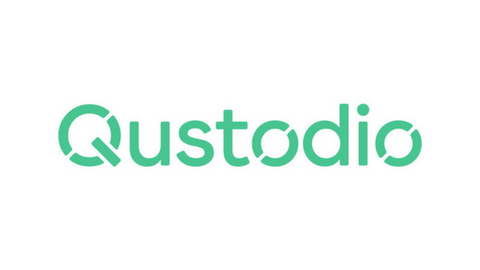


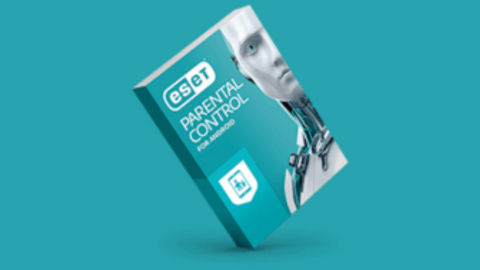



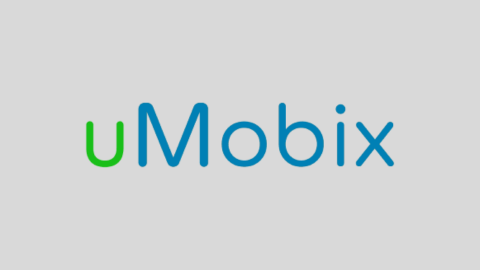
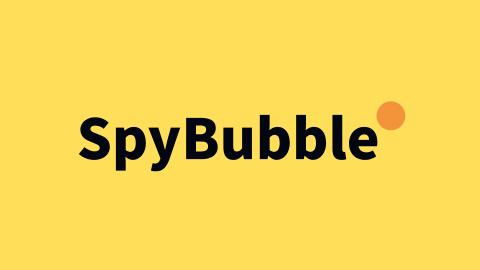

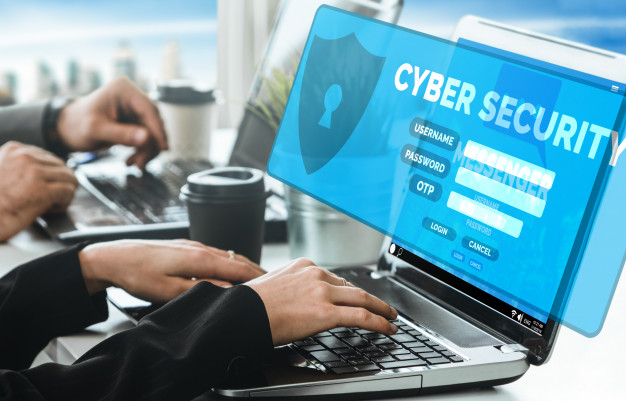
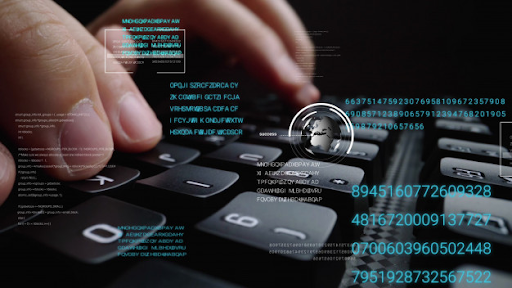
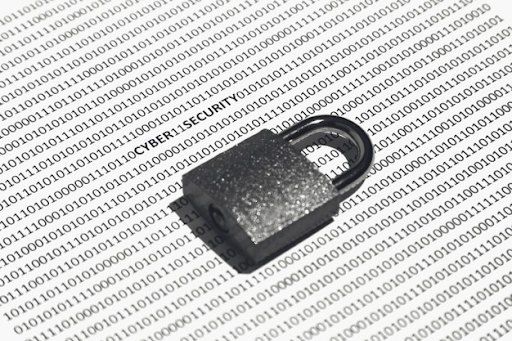
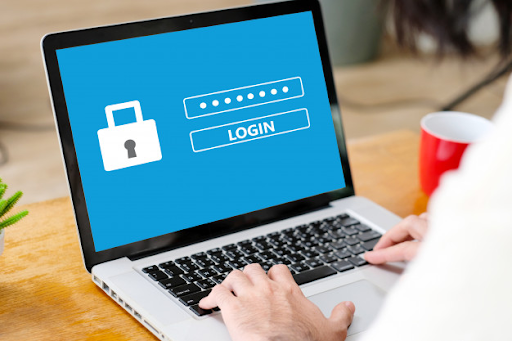
![Best Dark Web Monitoring Services In 2025 [Tested, Reviewed & Ranked] Best Dark Web Monitoring Services In 2025 [Tested, Reviewed & Ranked]](https://secureblitz.com/wp-content/uploads/2024/01/Best-Dark-Web-Monitoring-Services-In-2024-Tested-Reviewed-Ranked-768x402.jpg)
